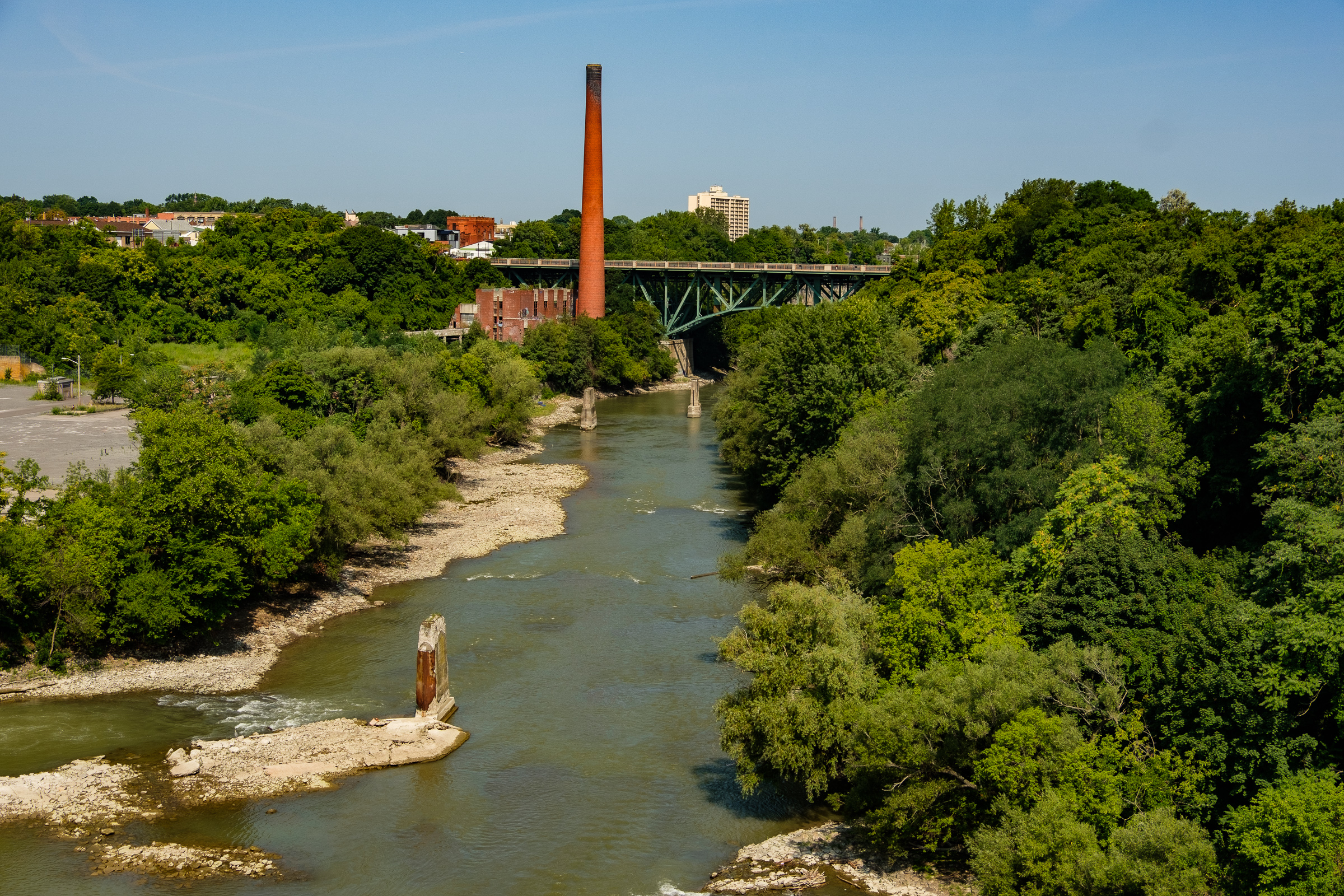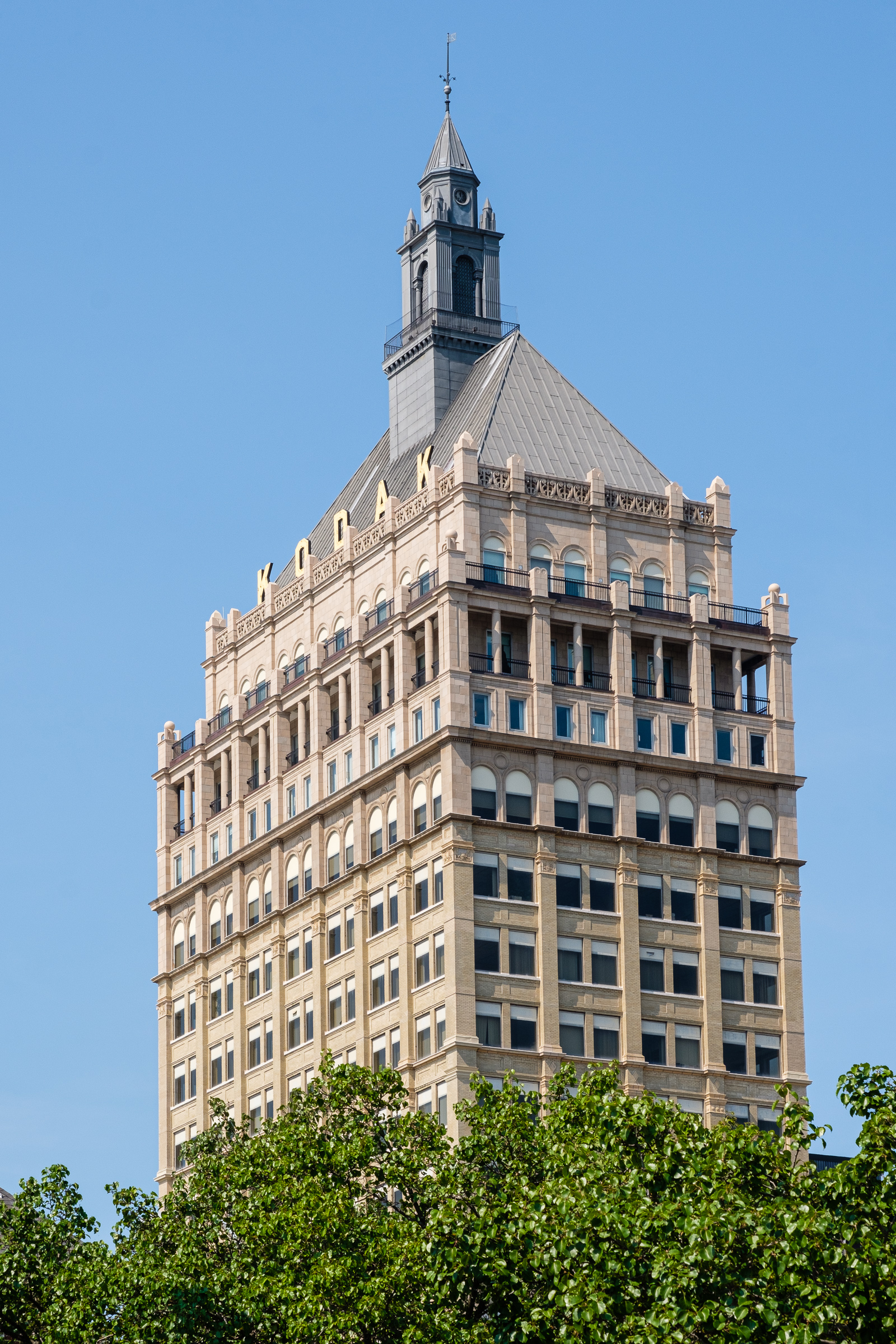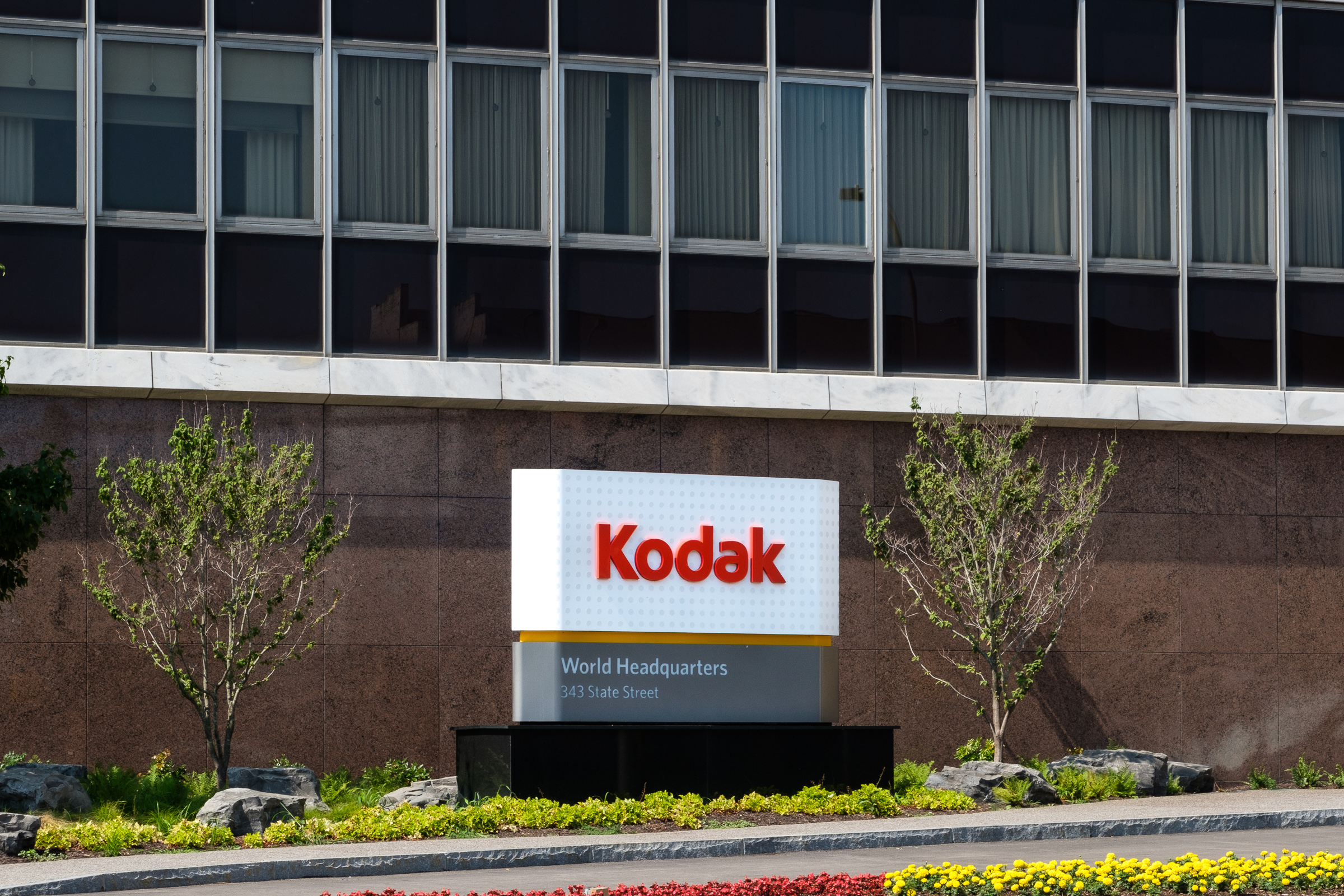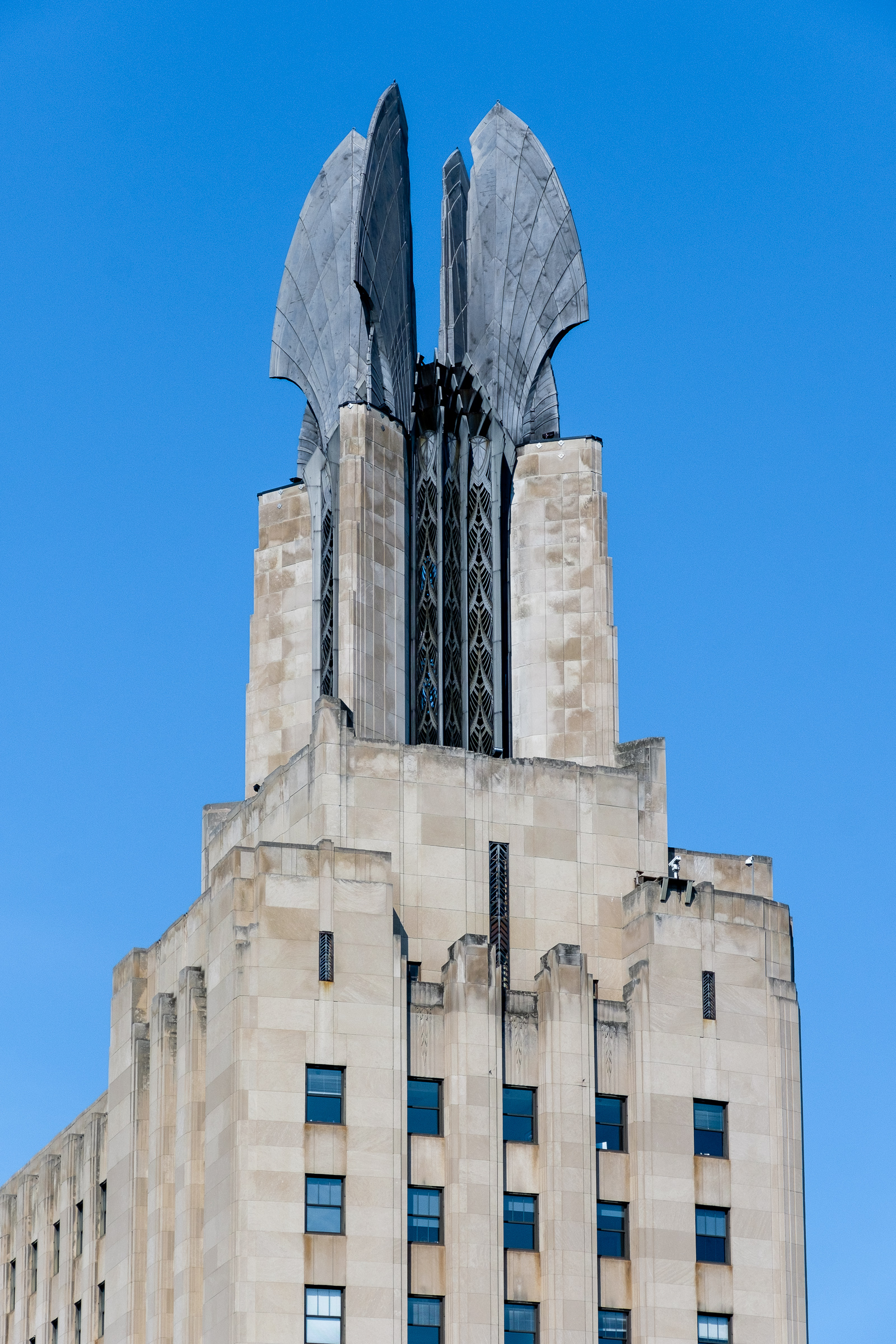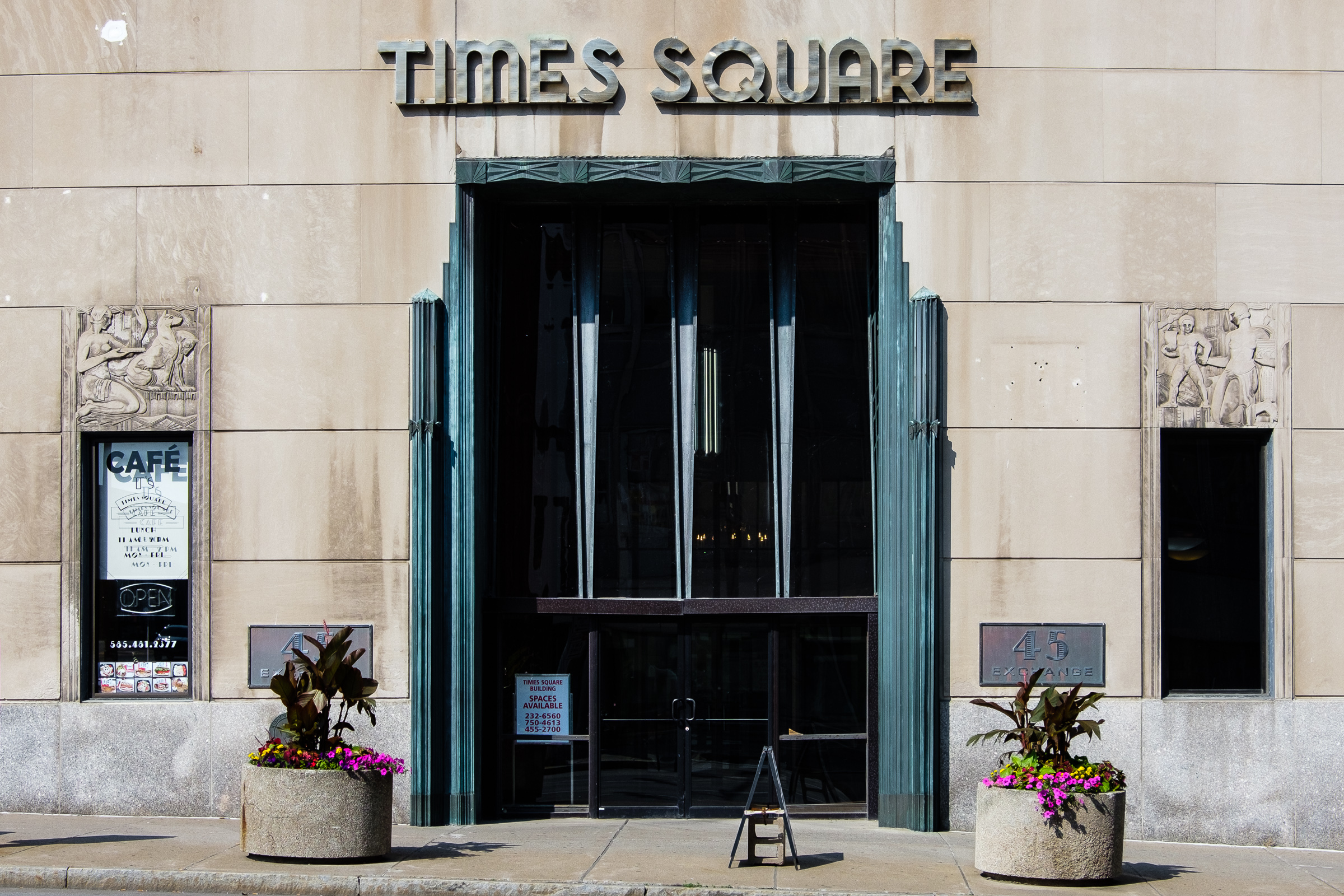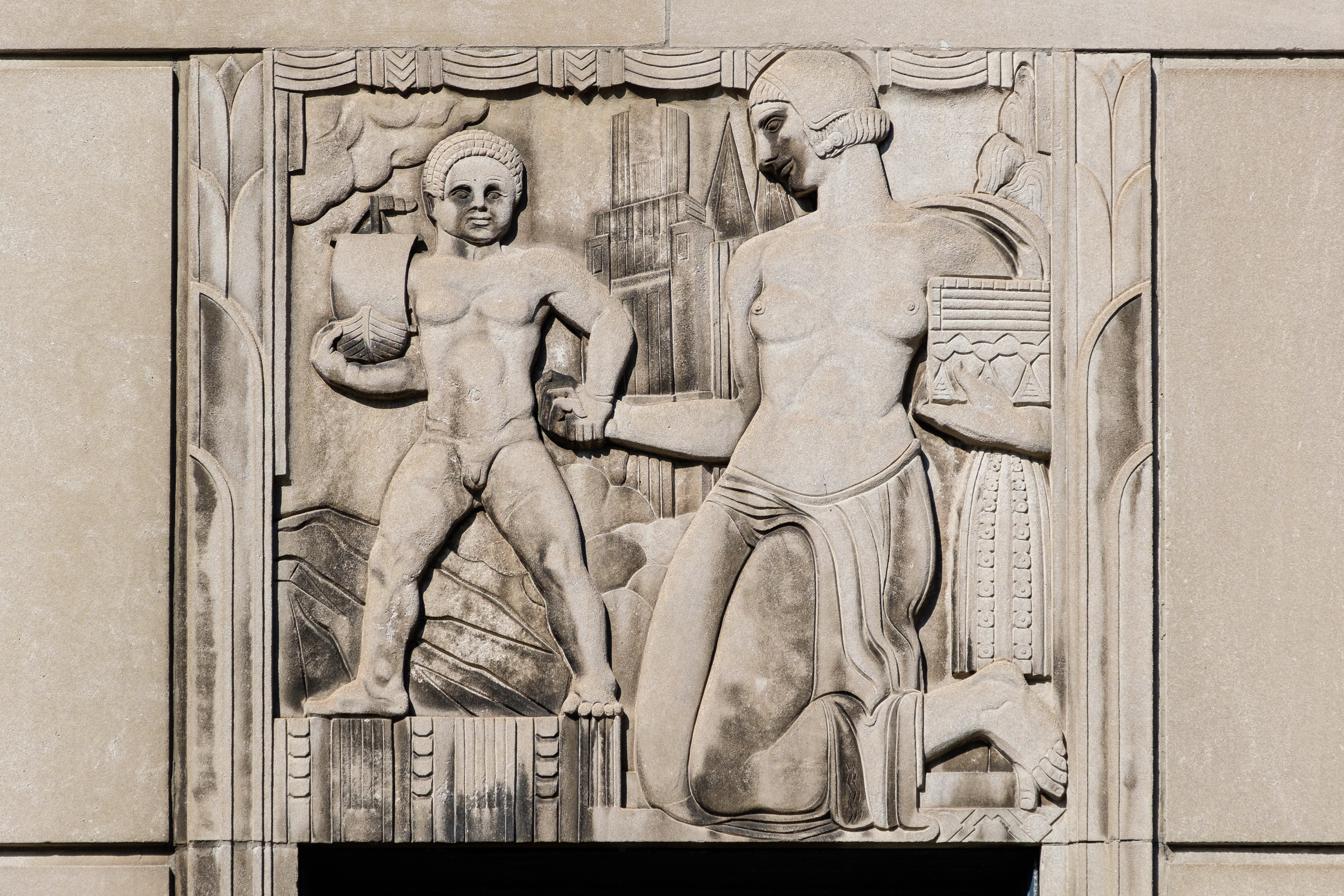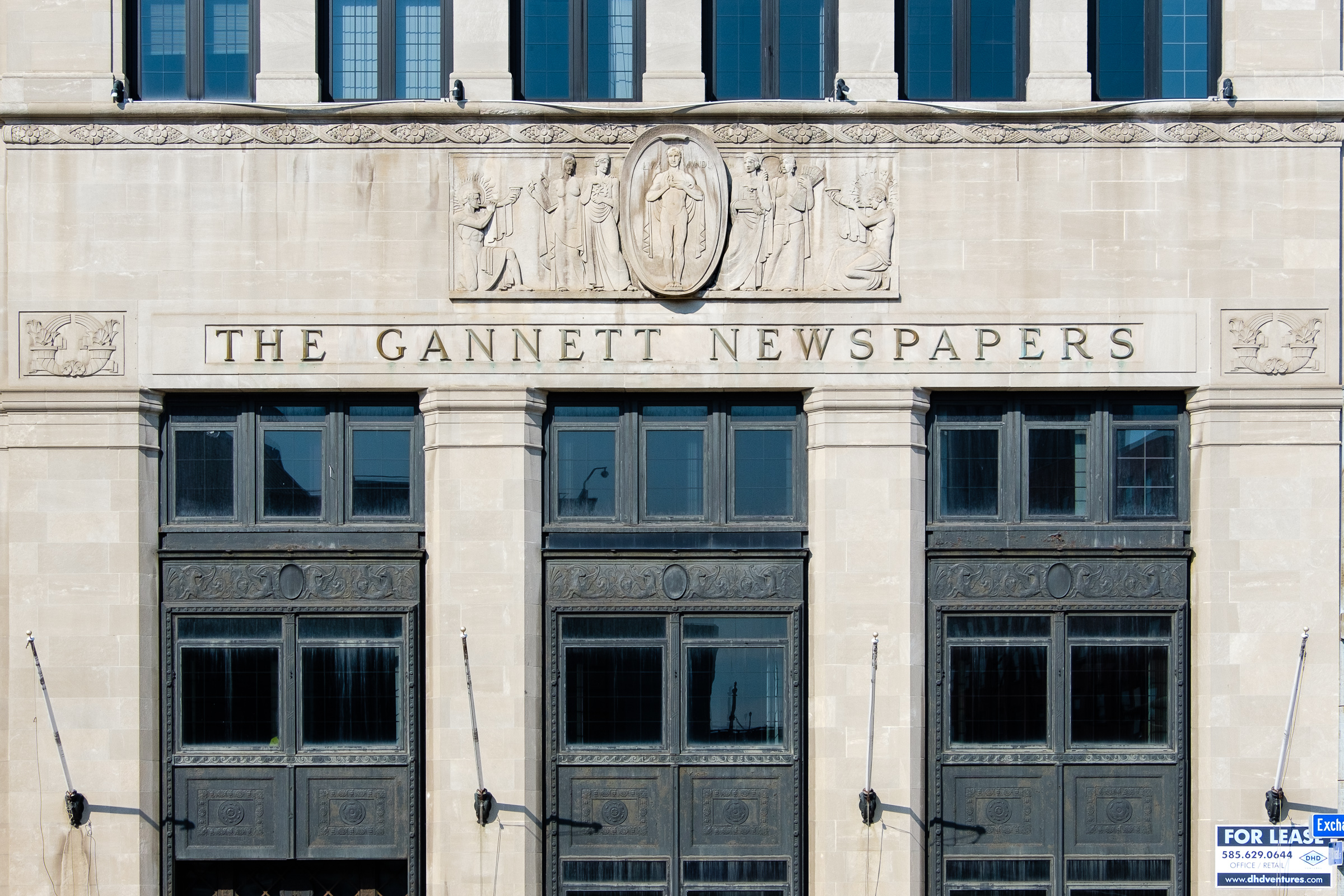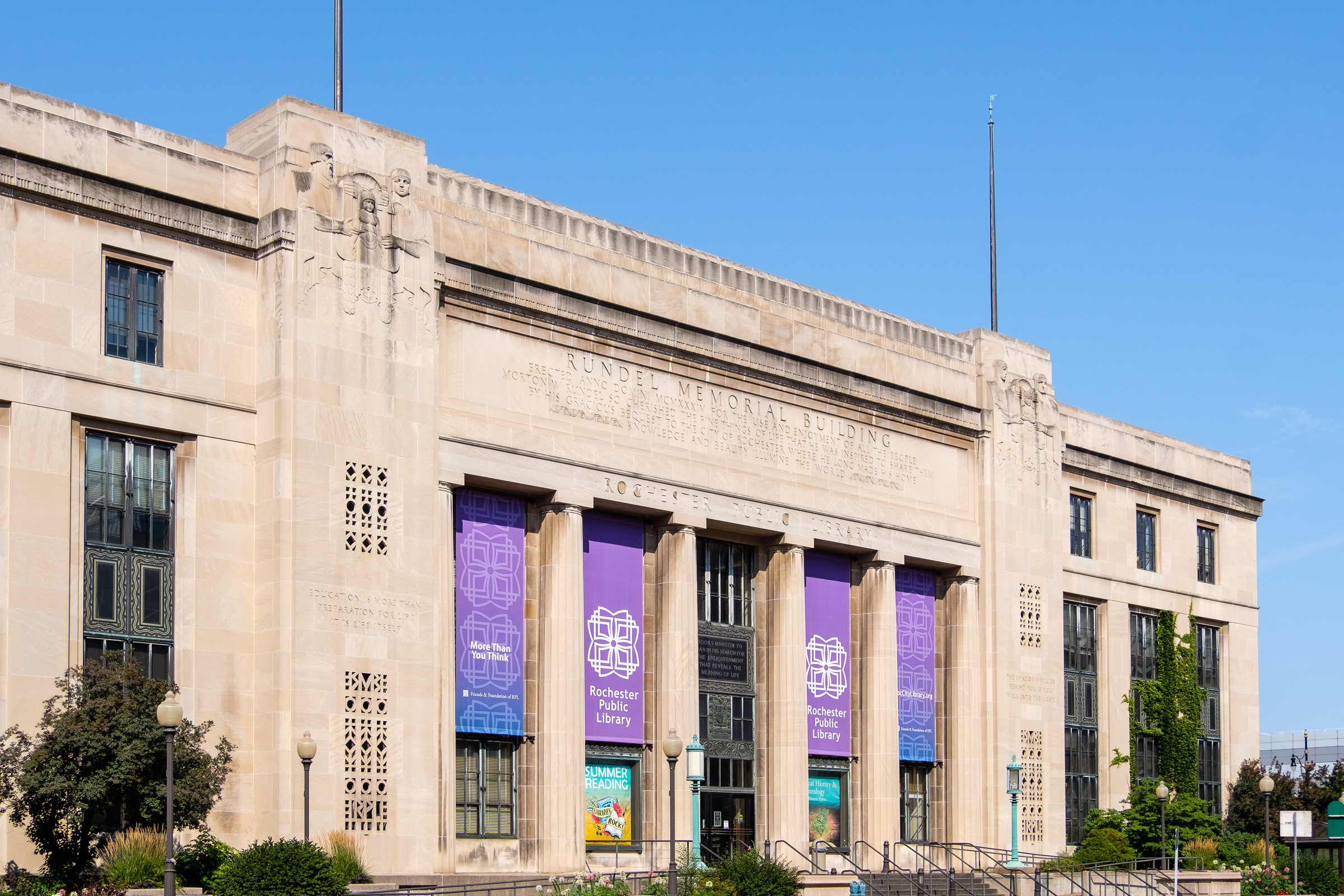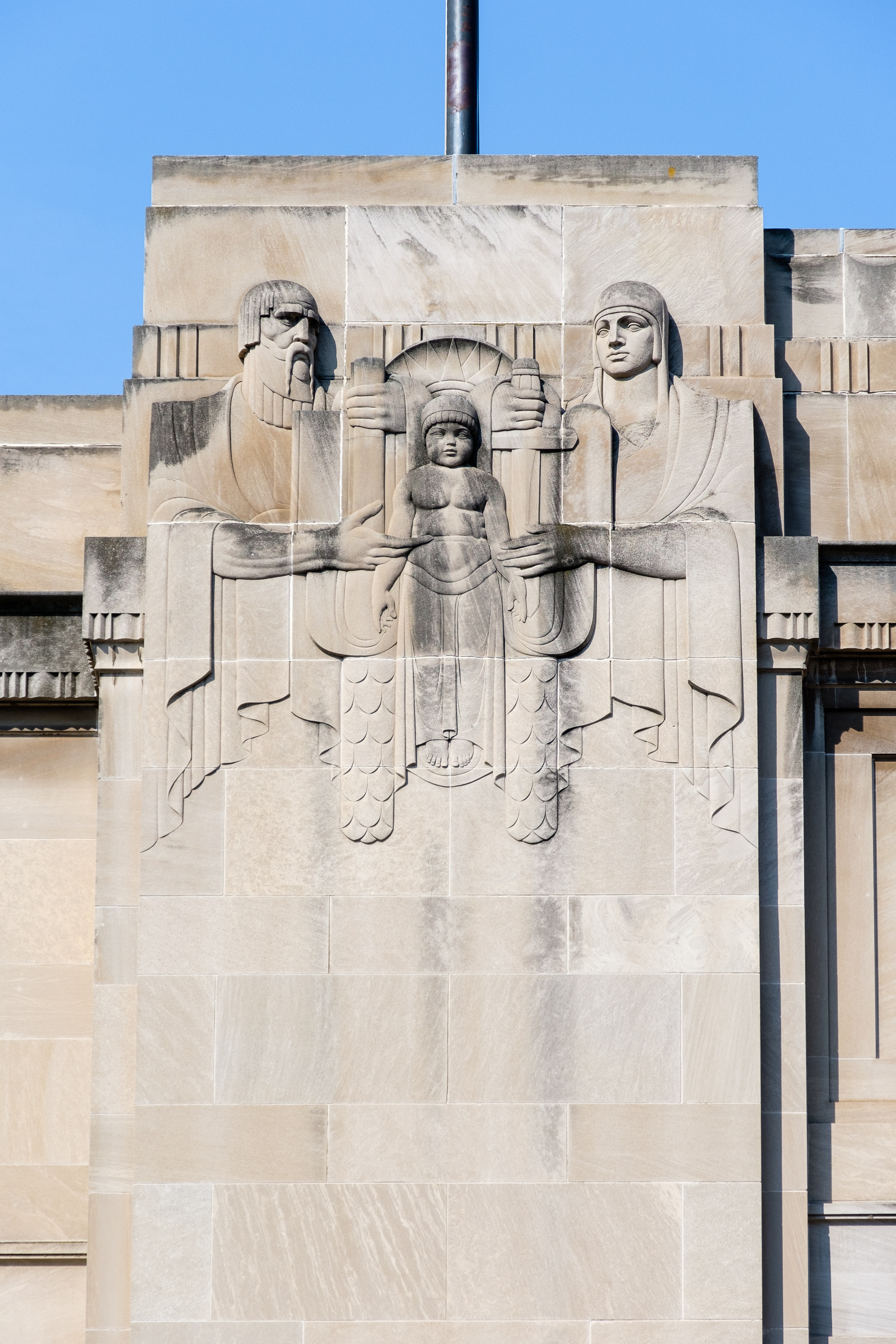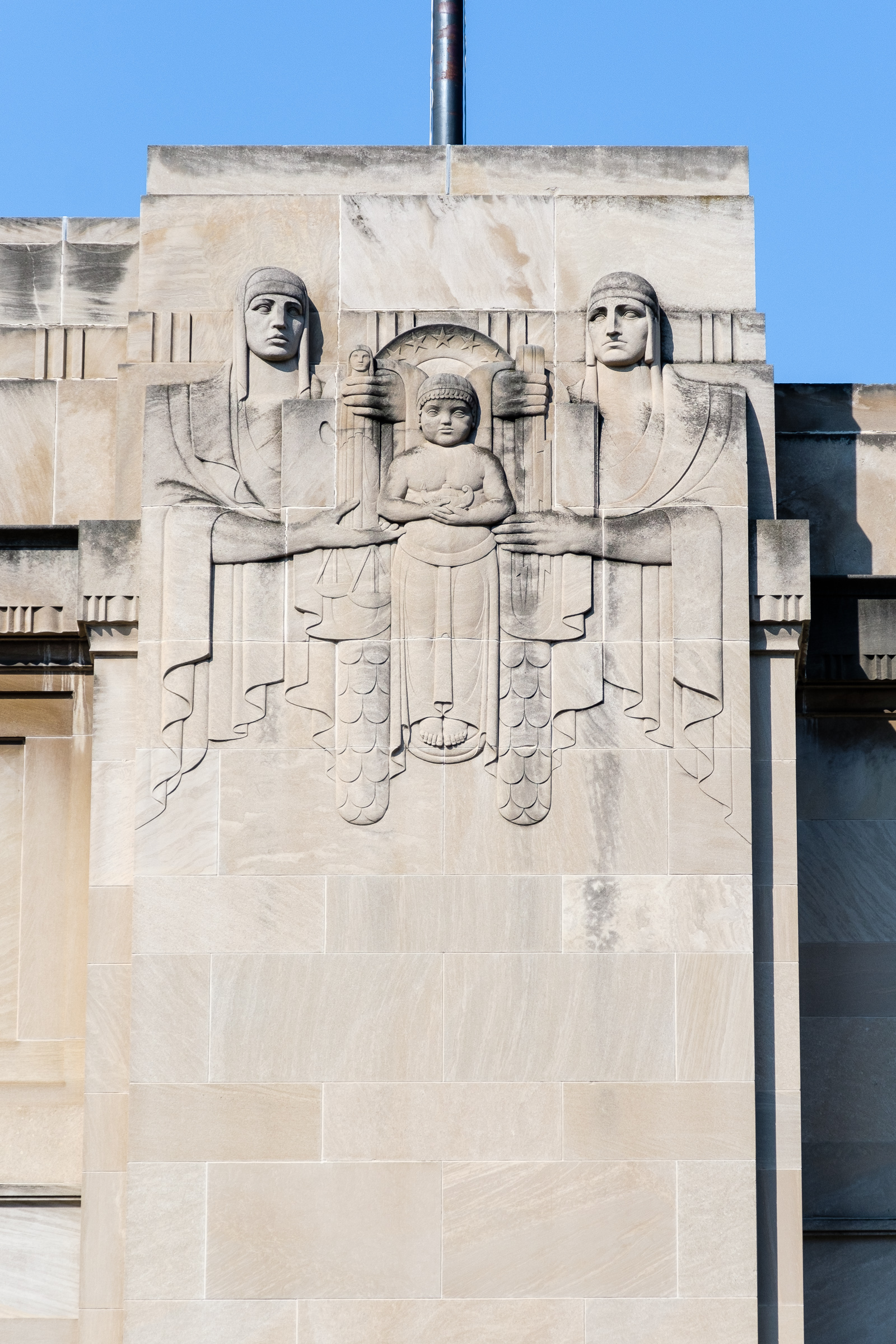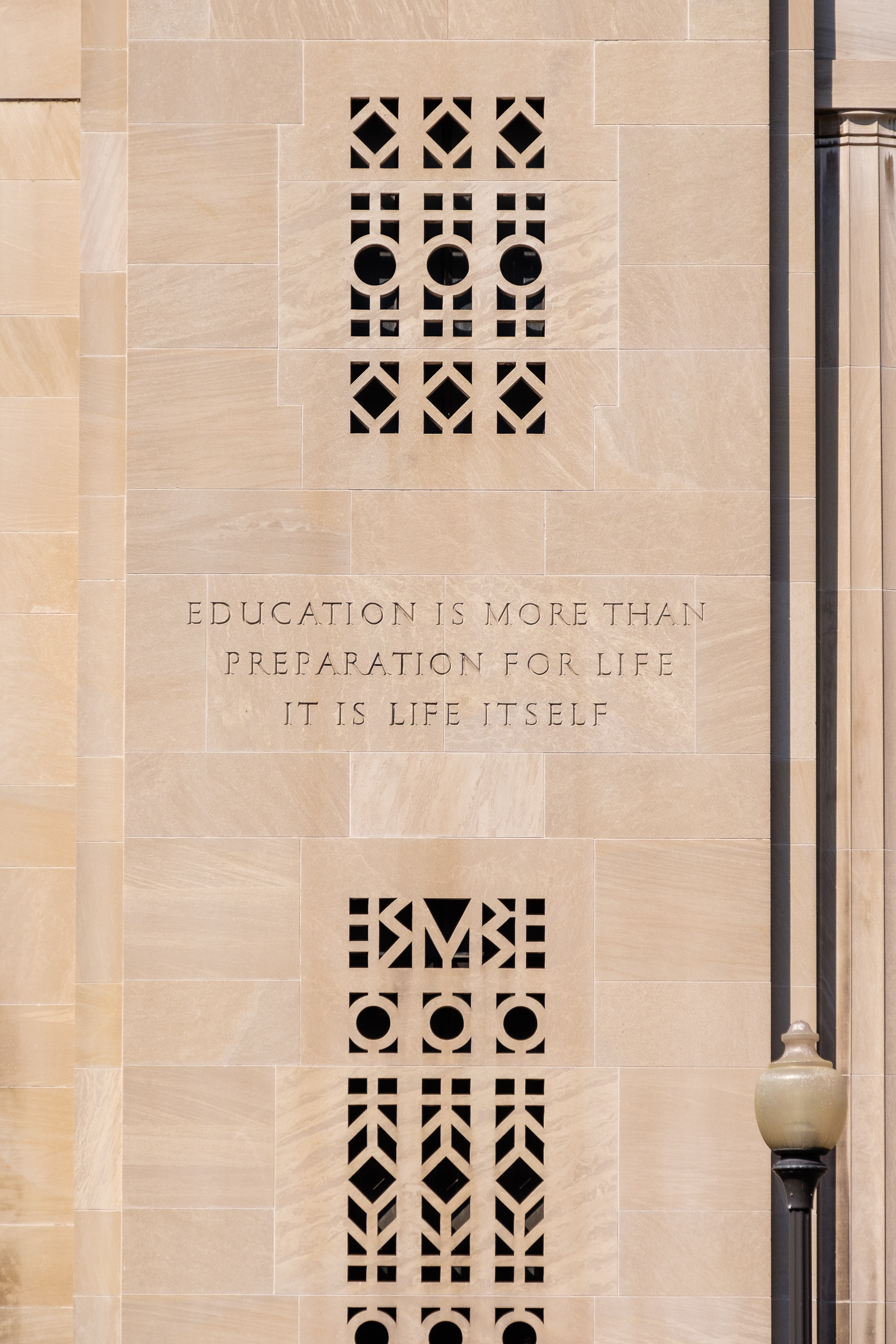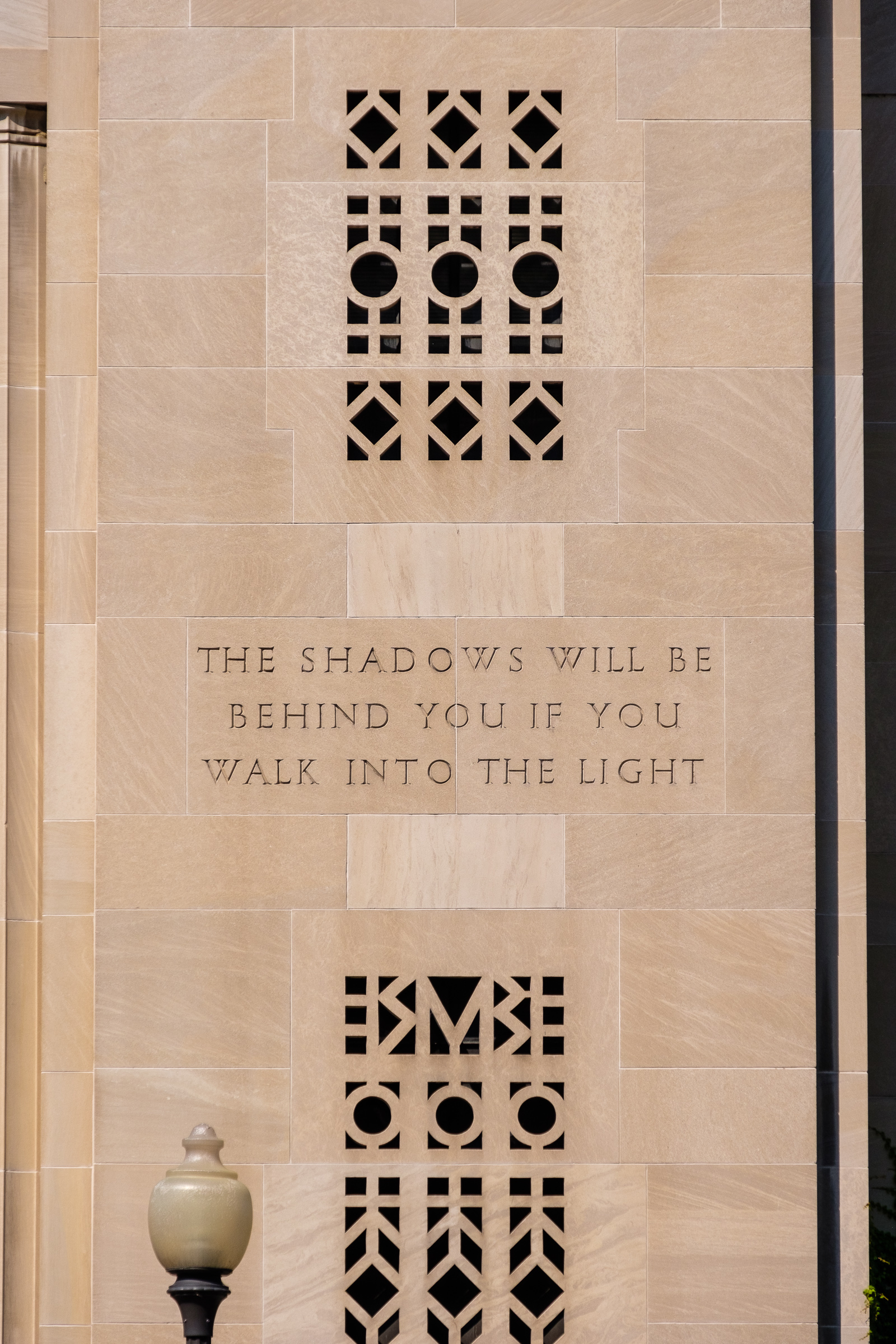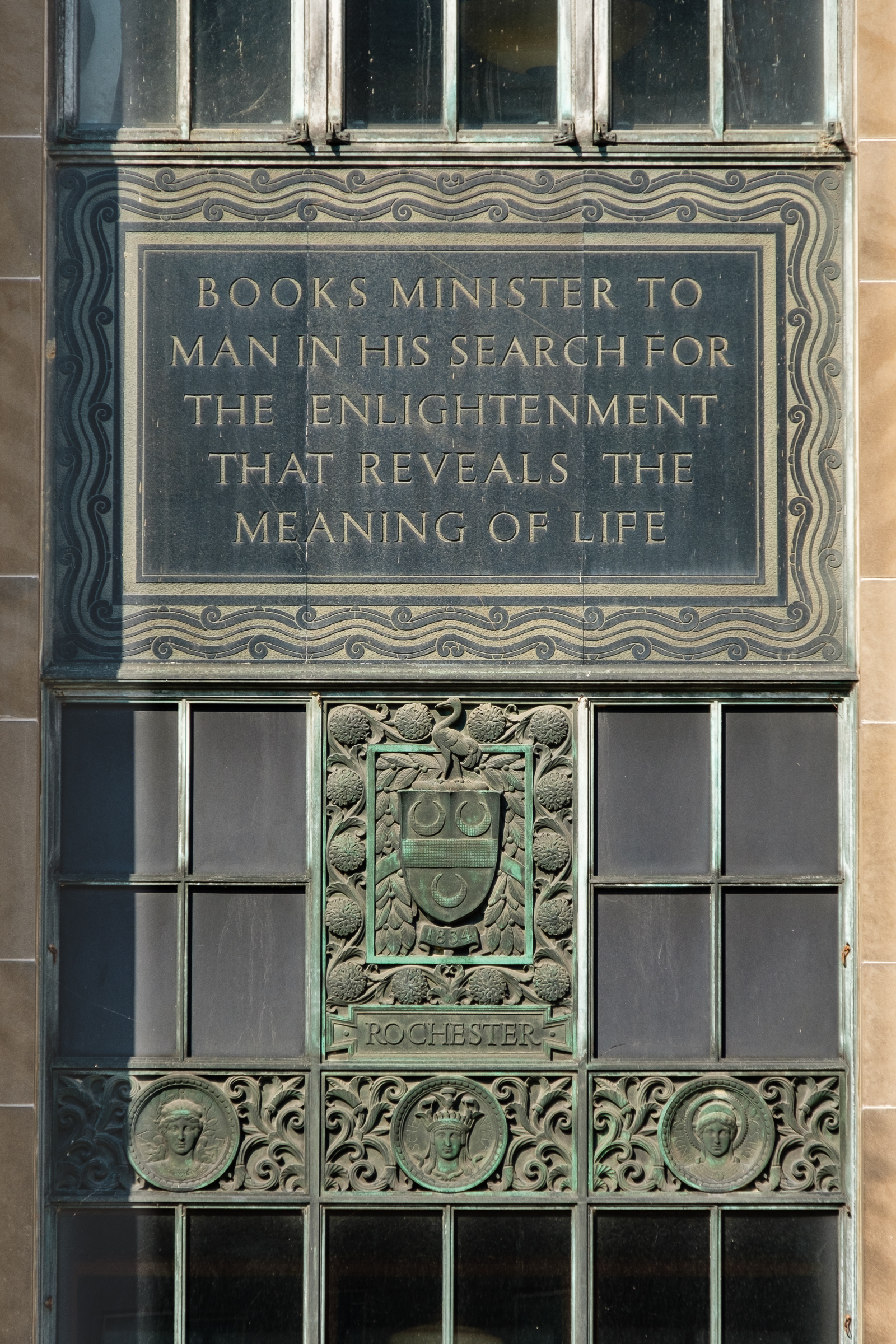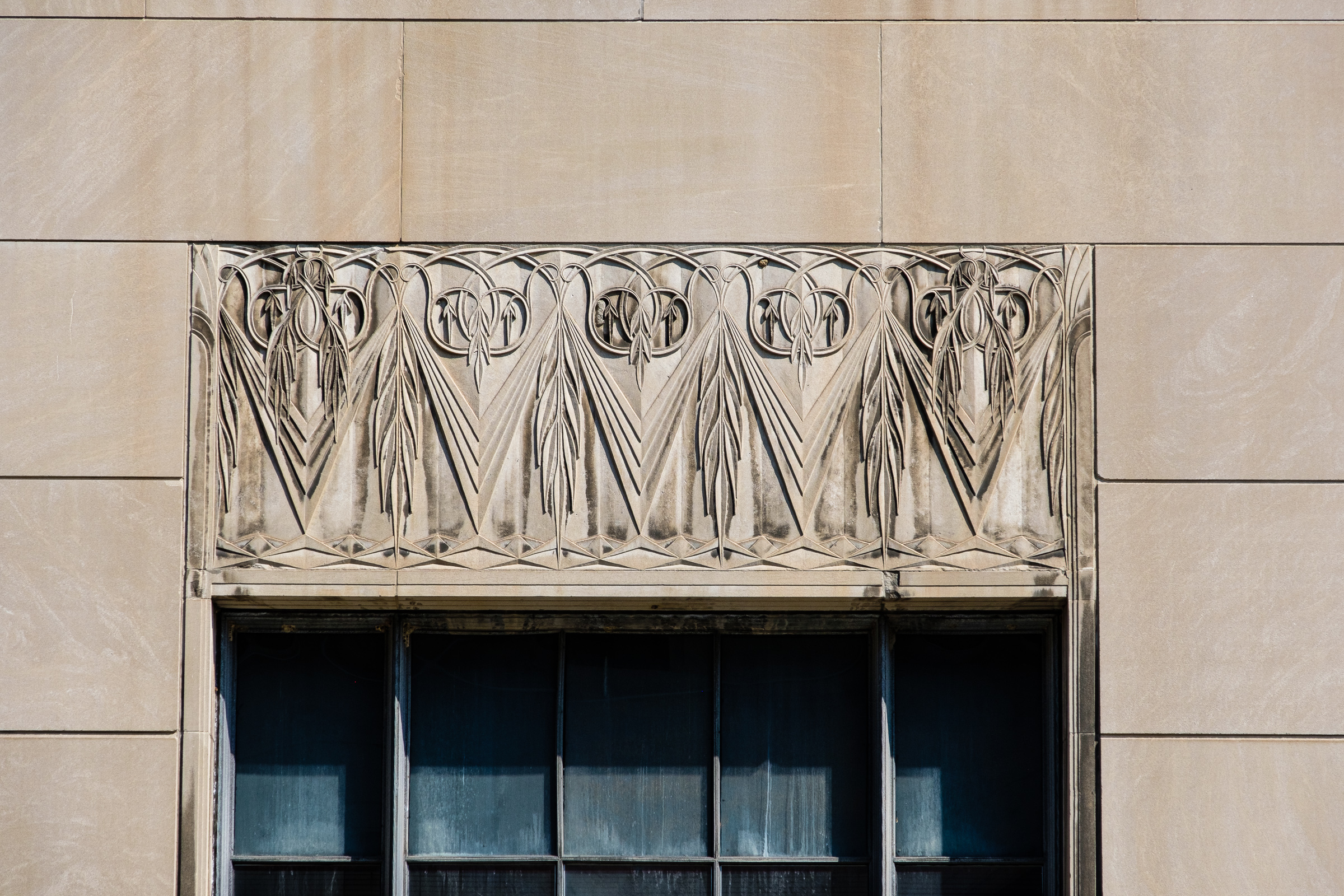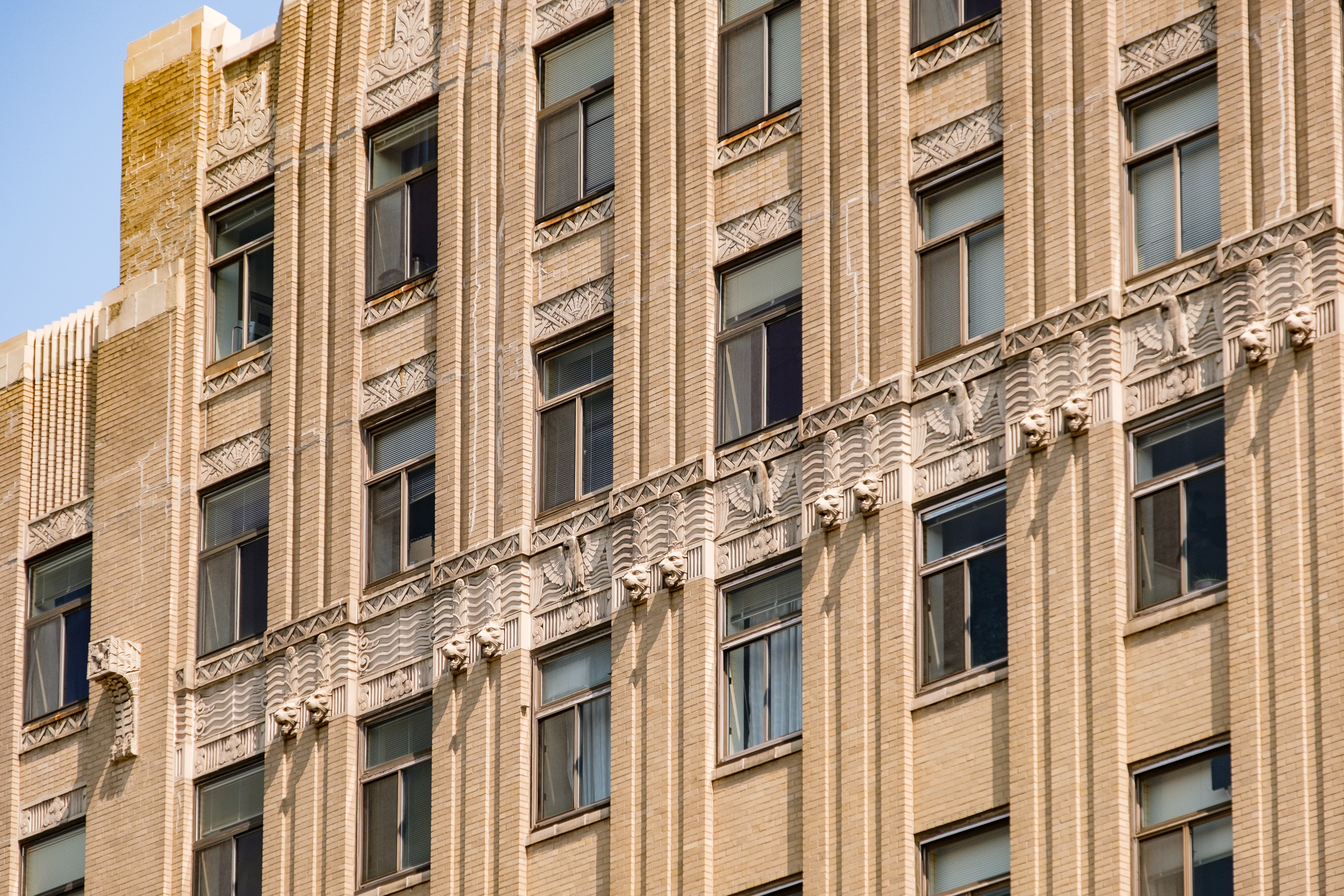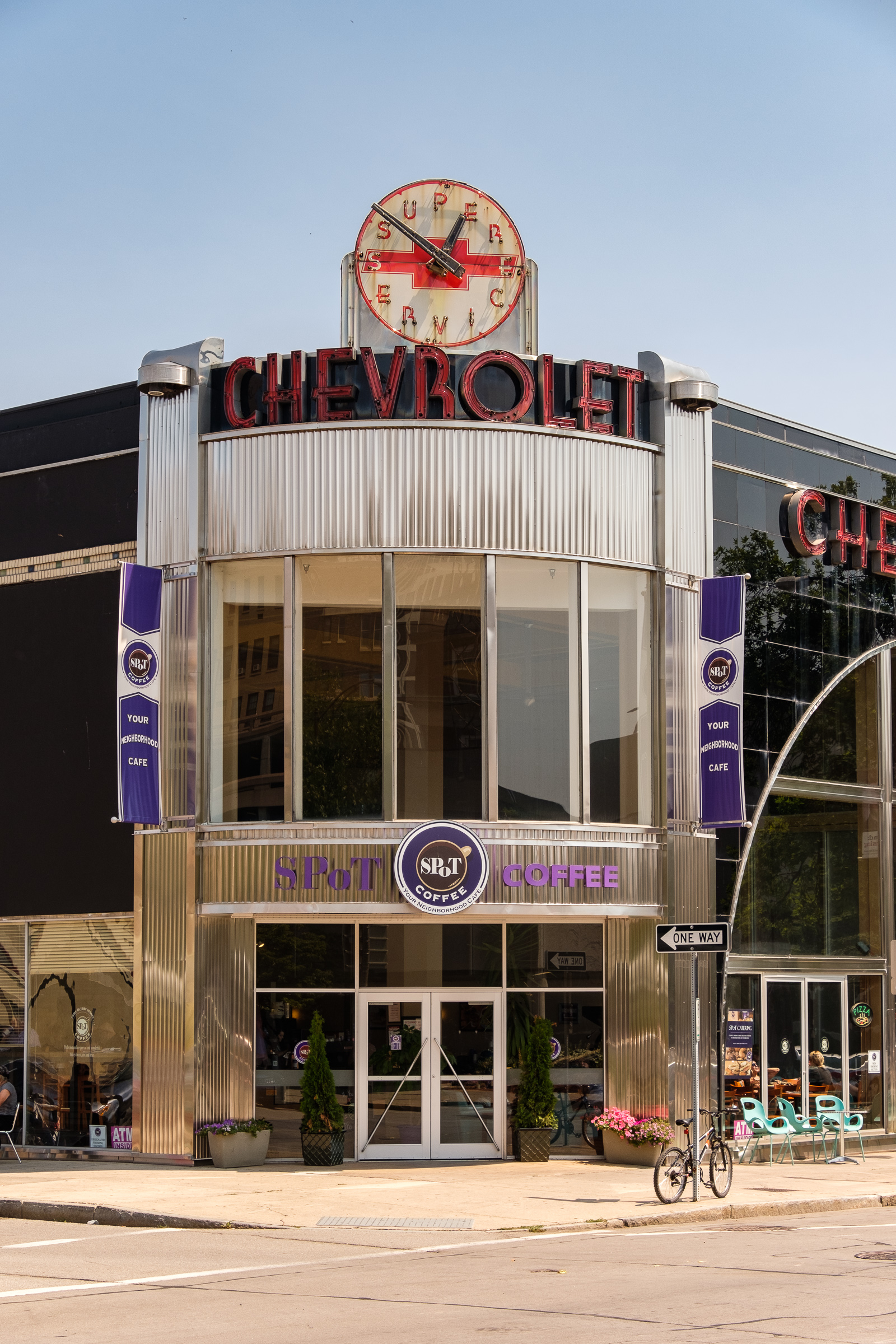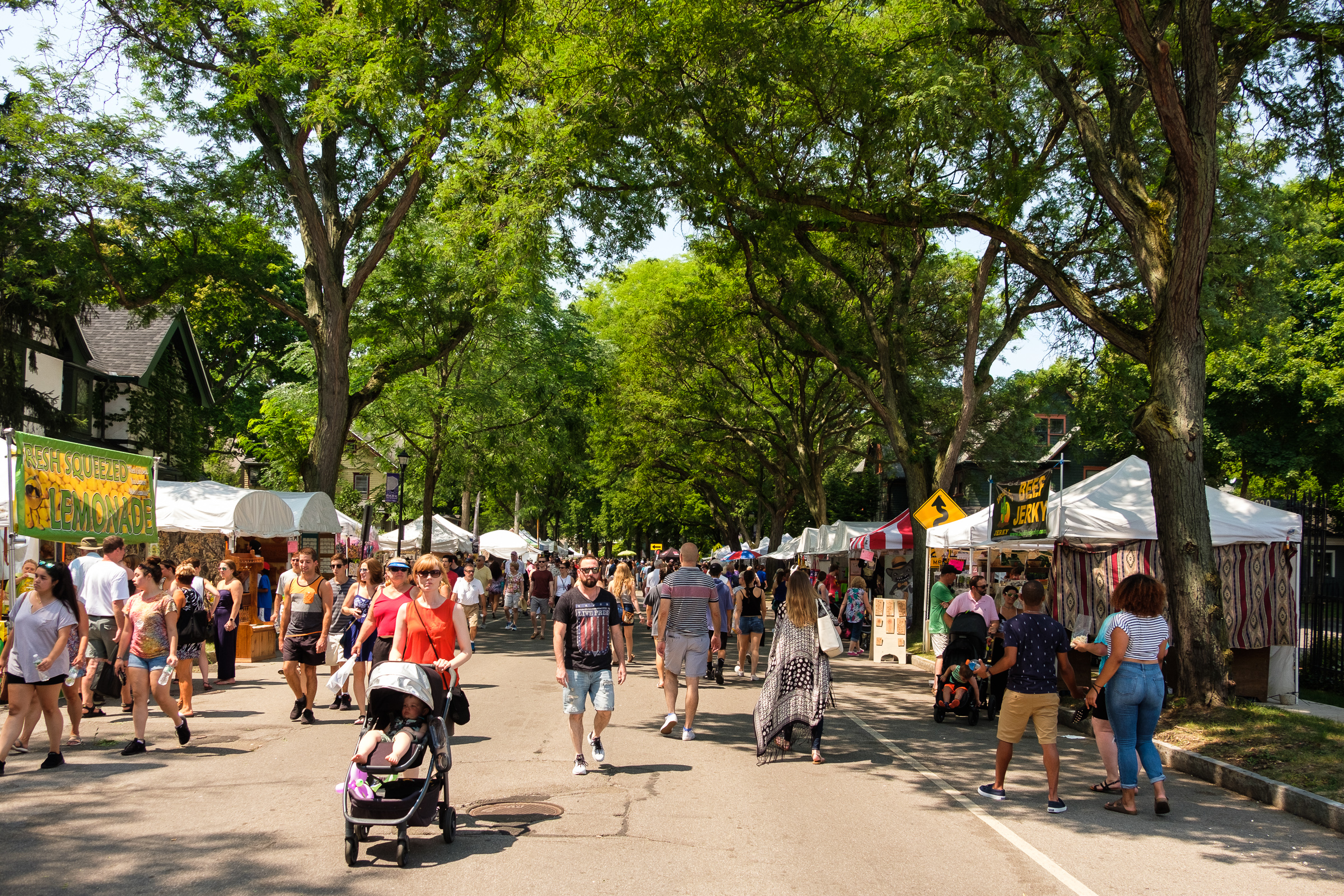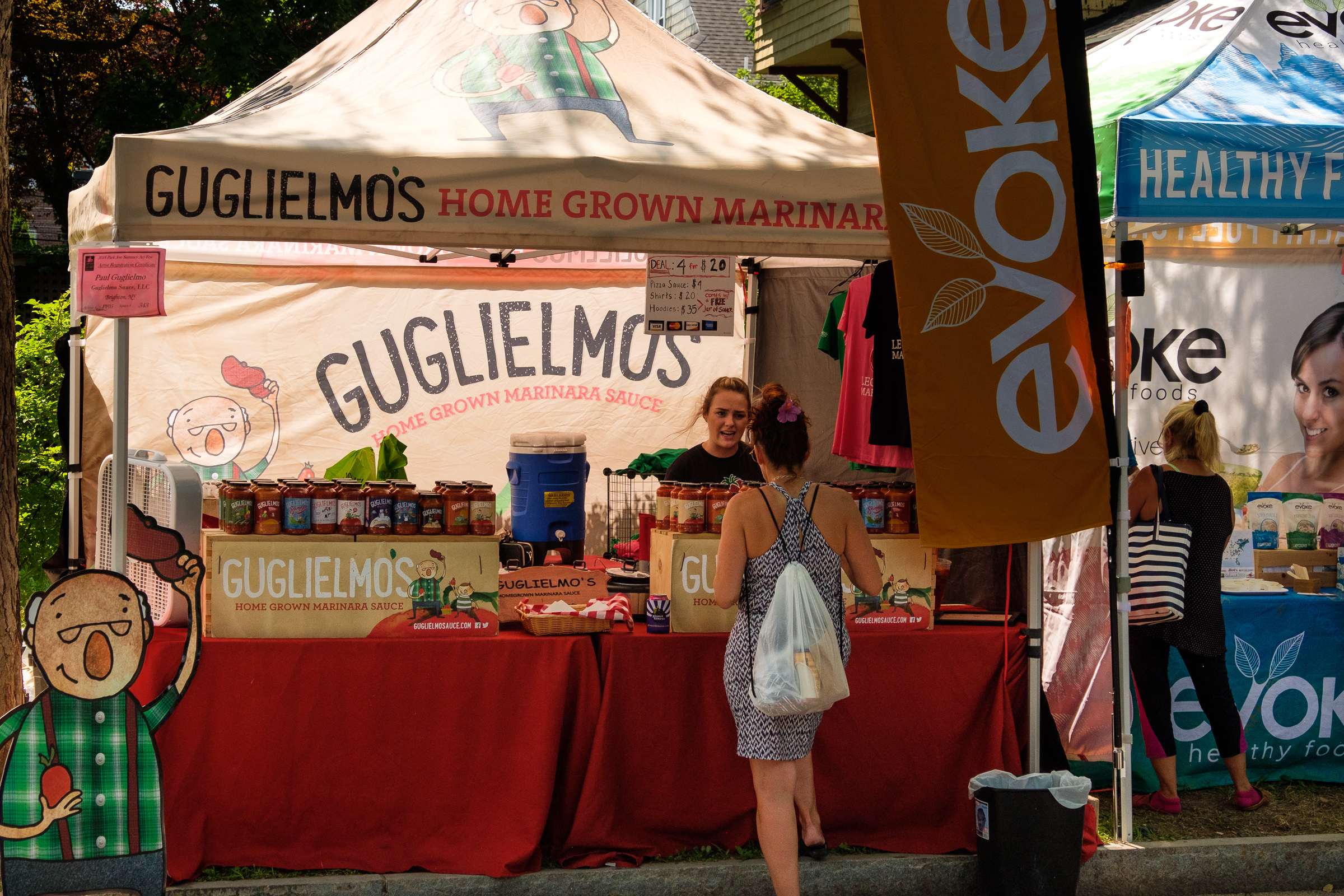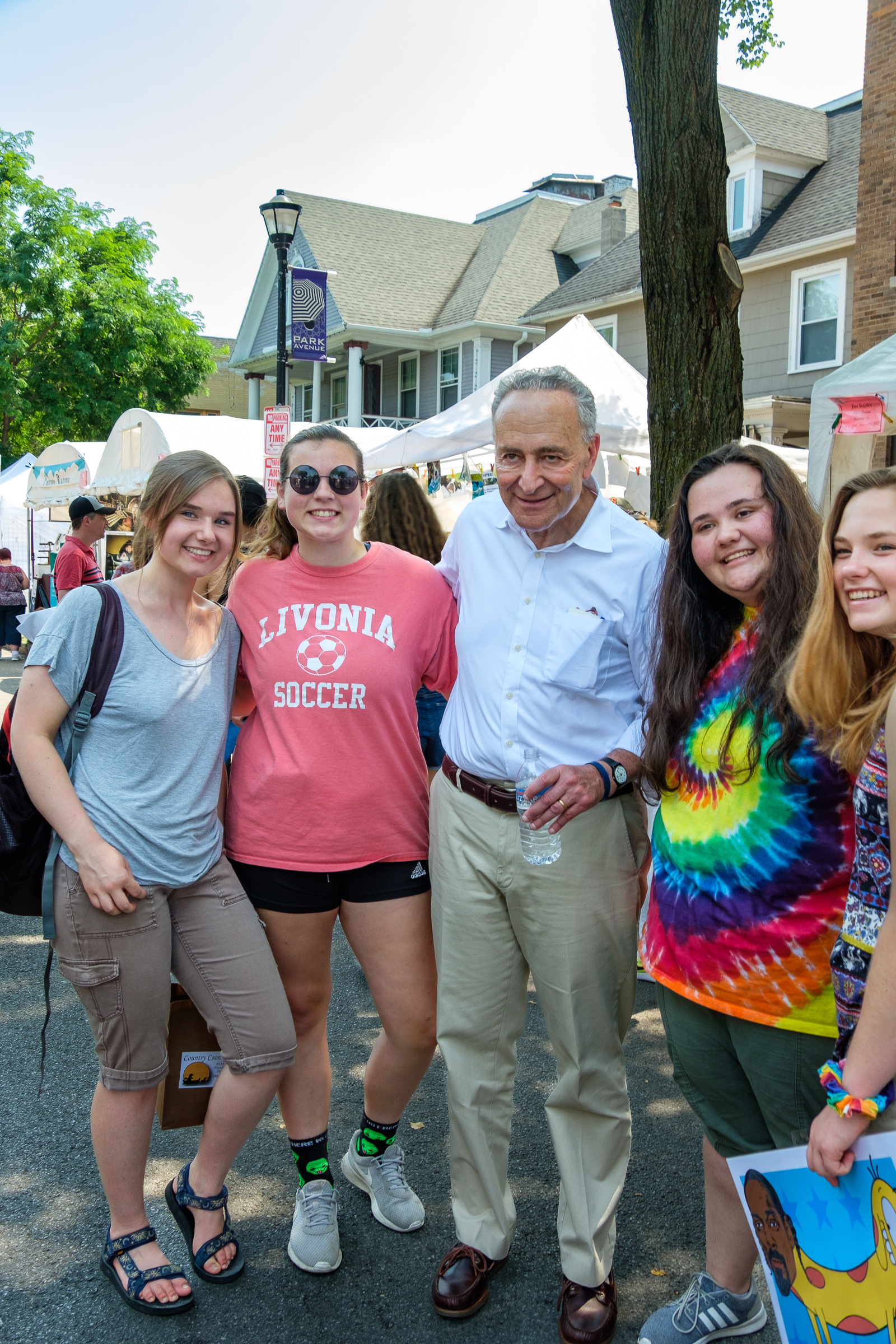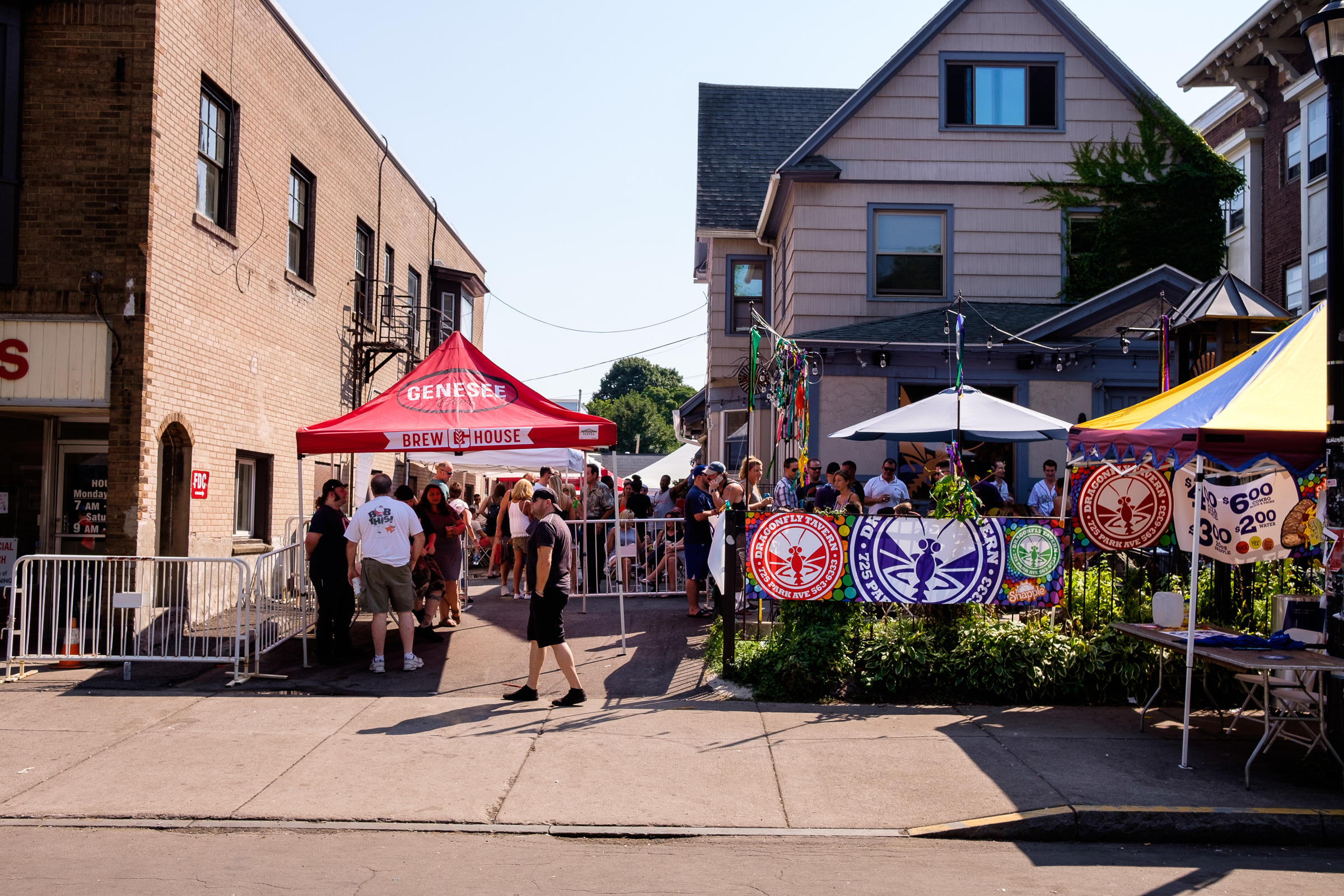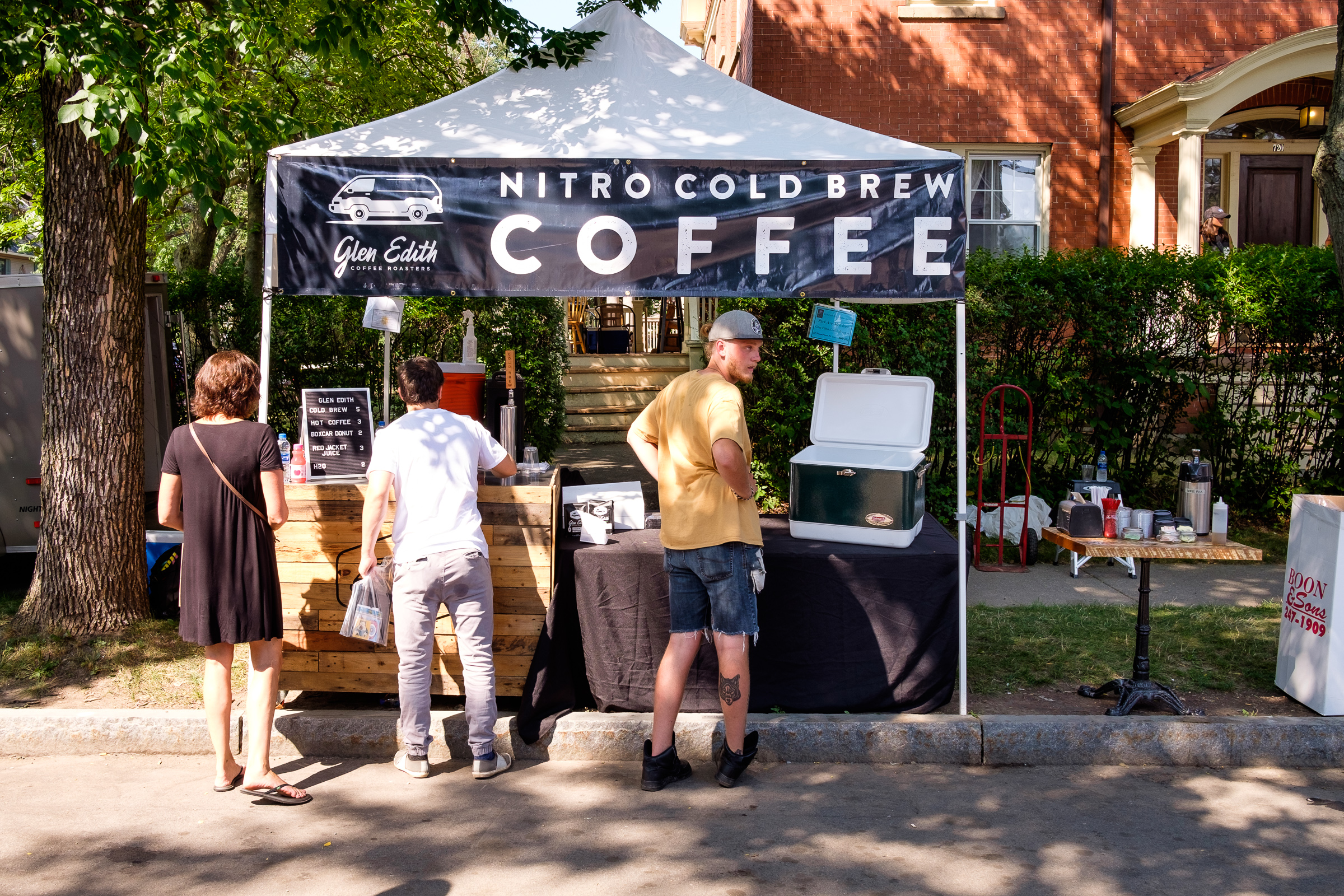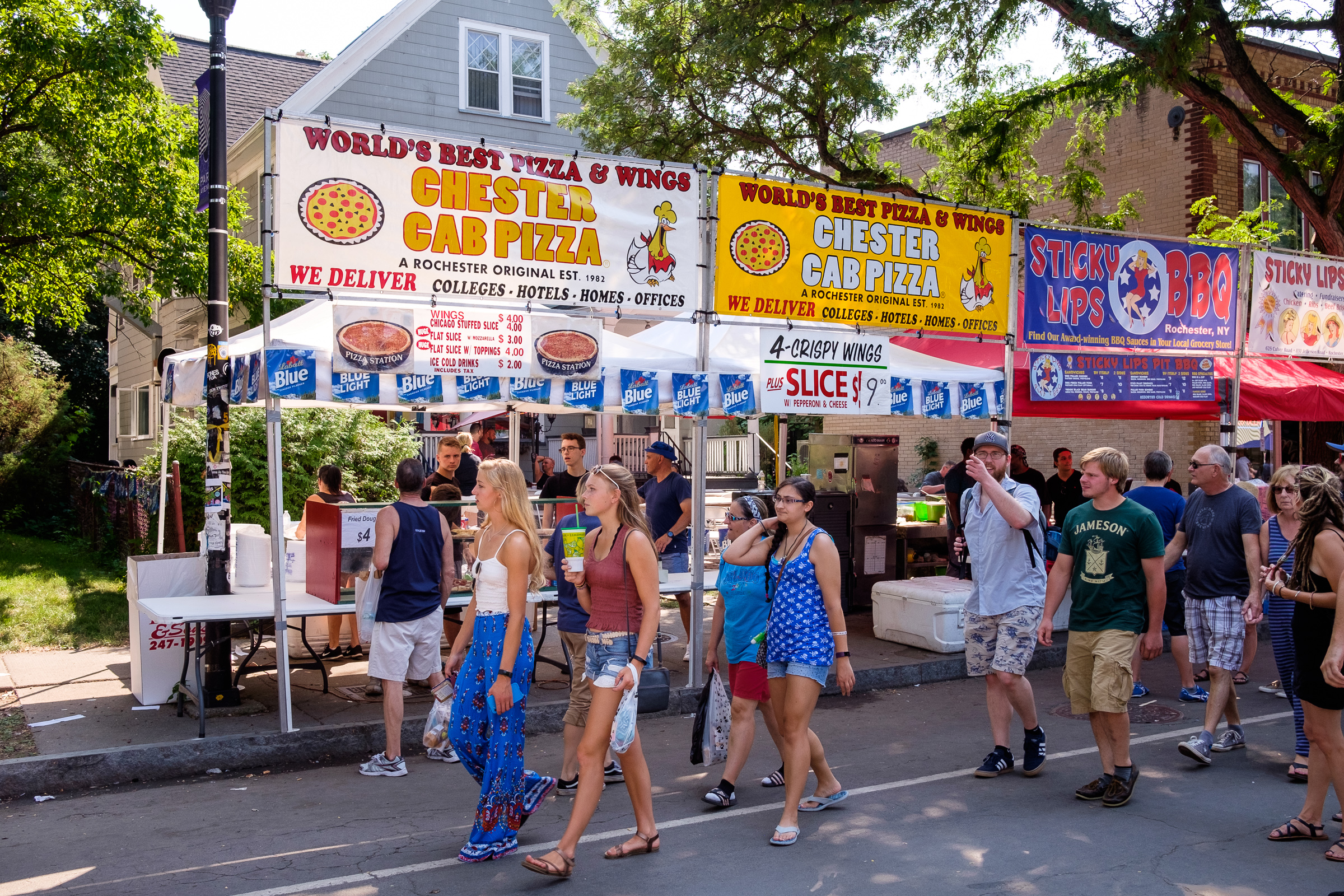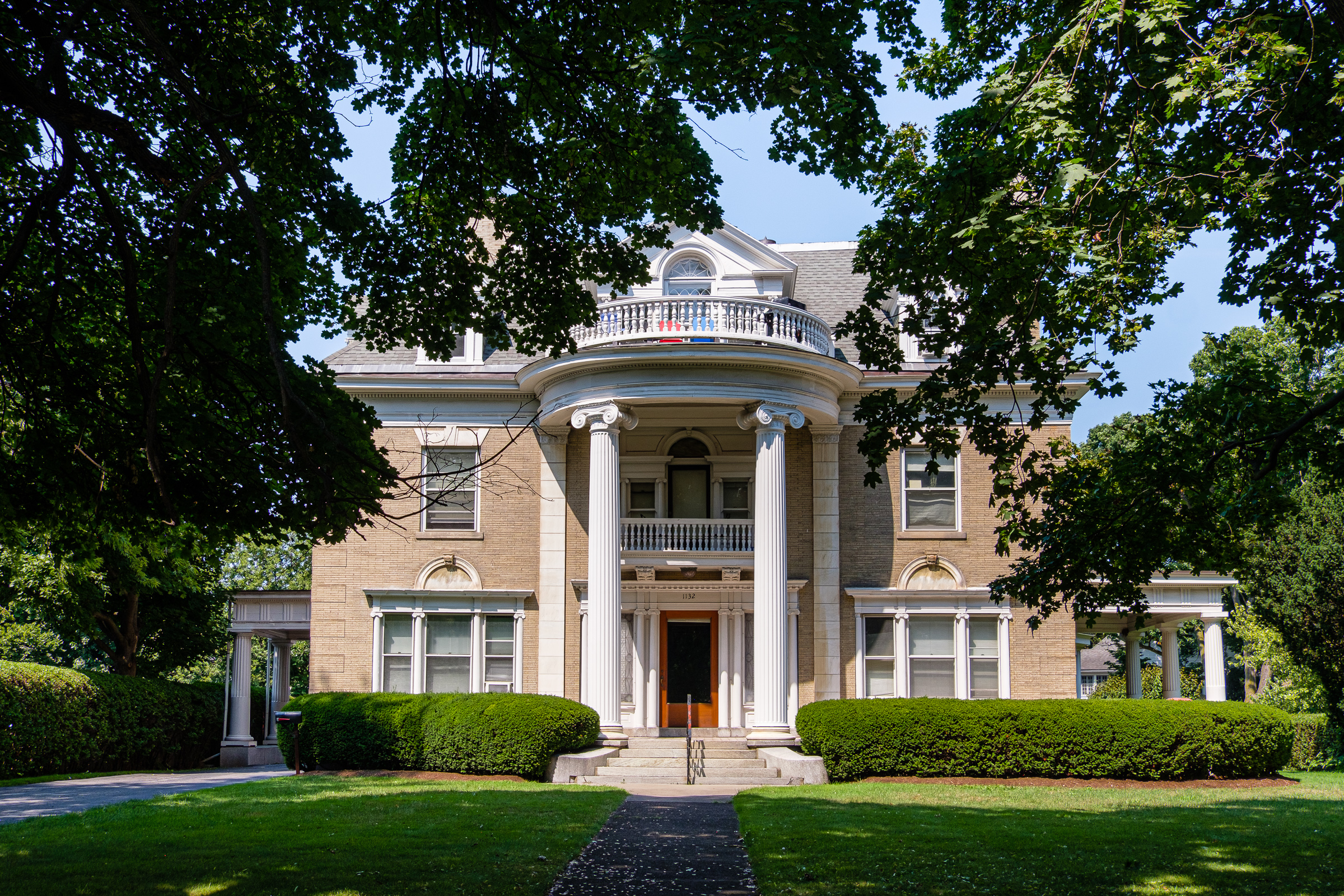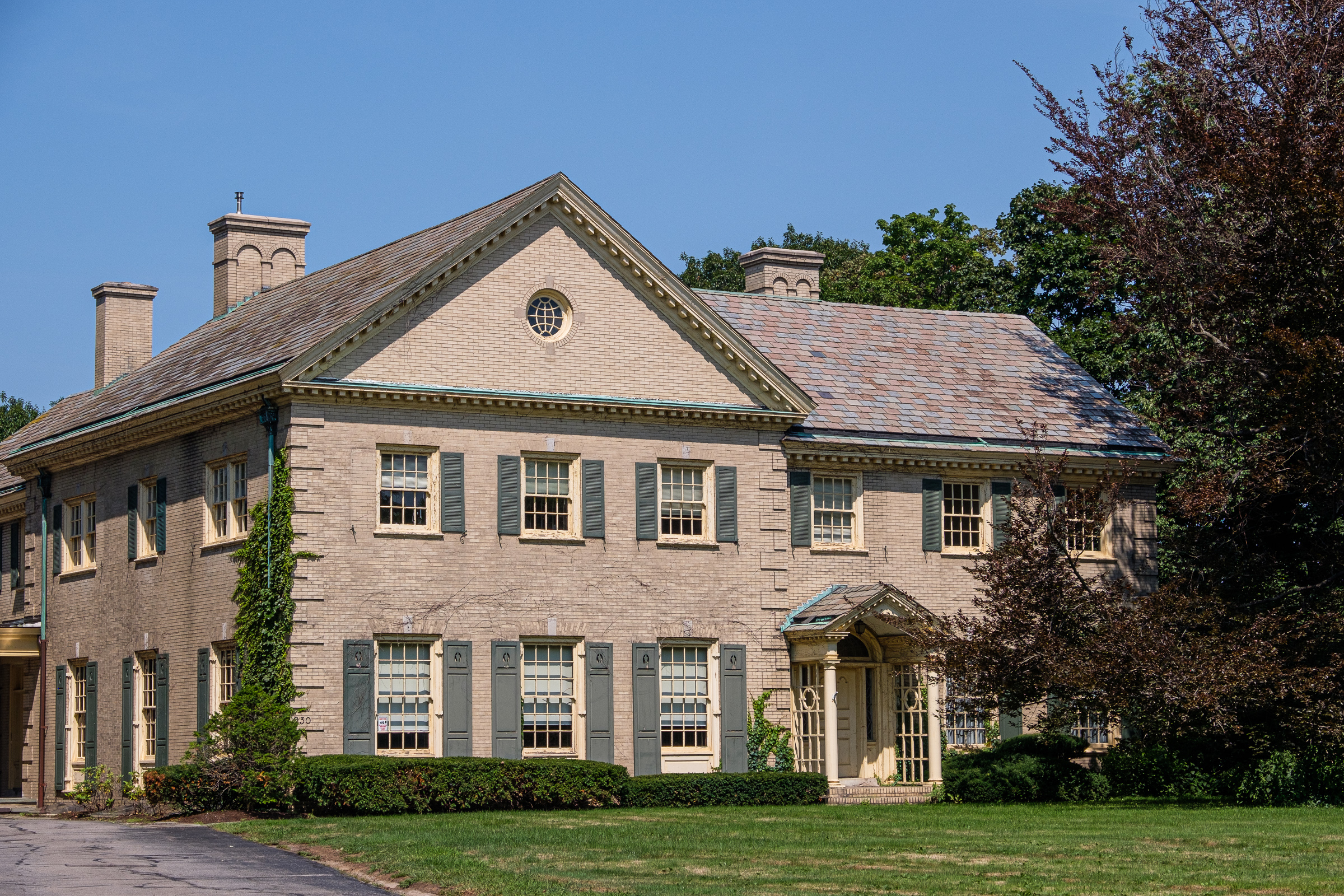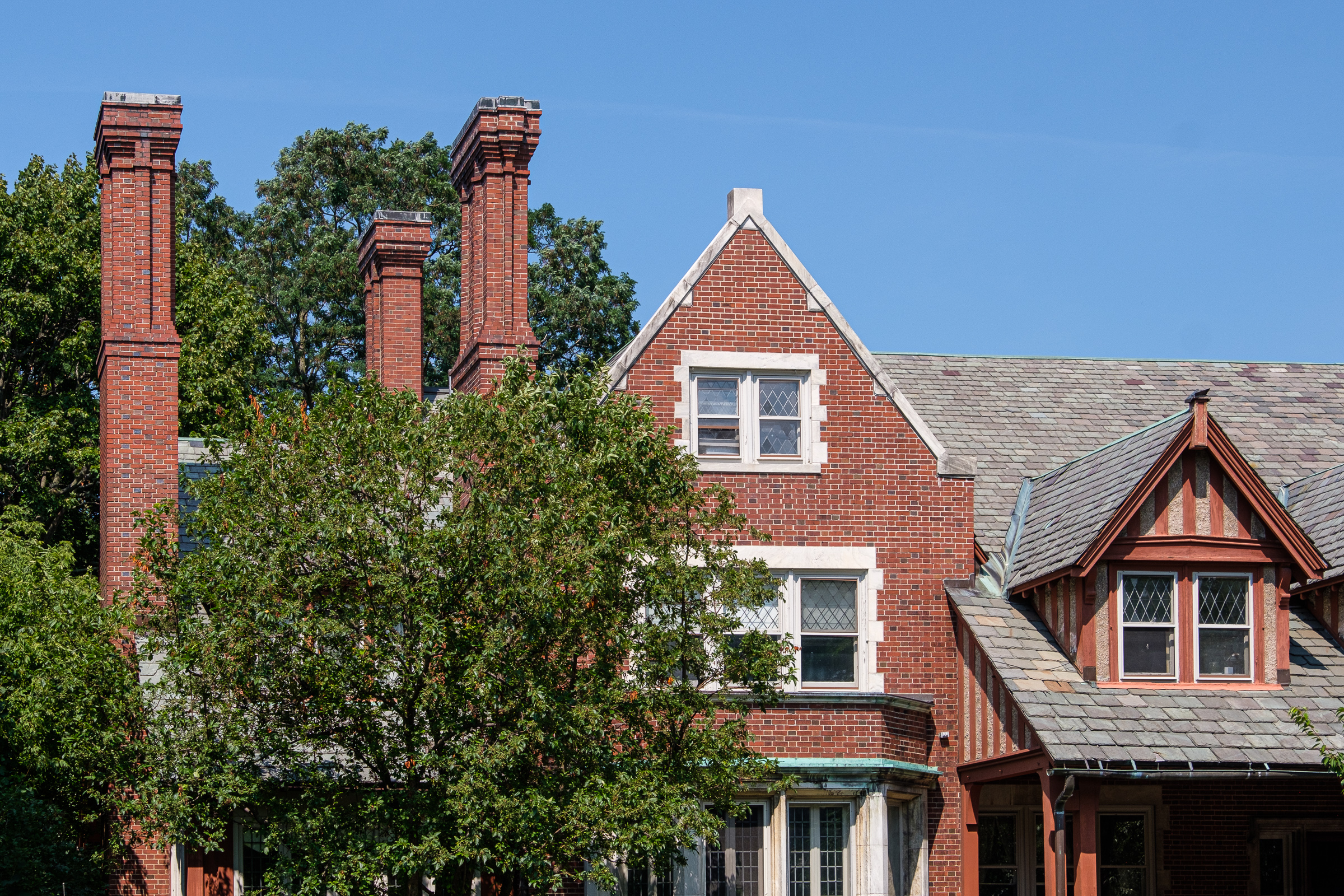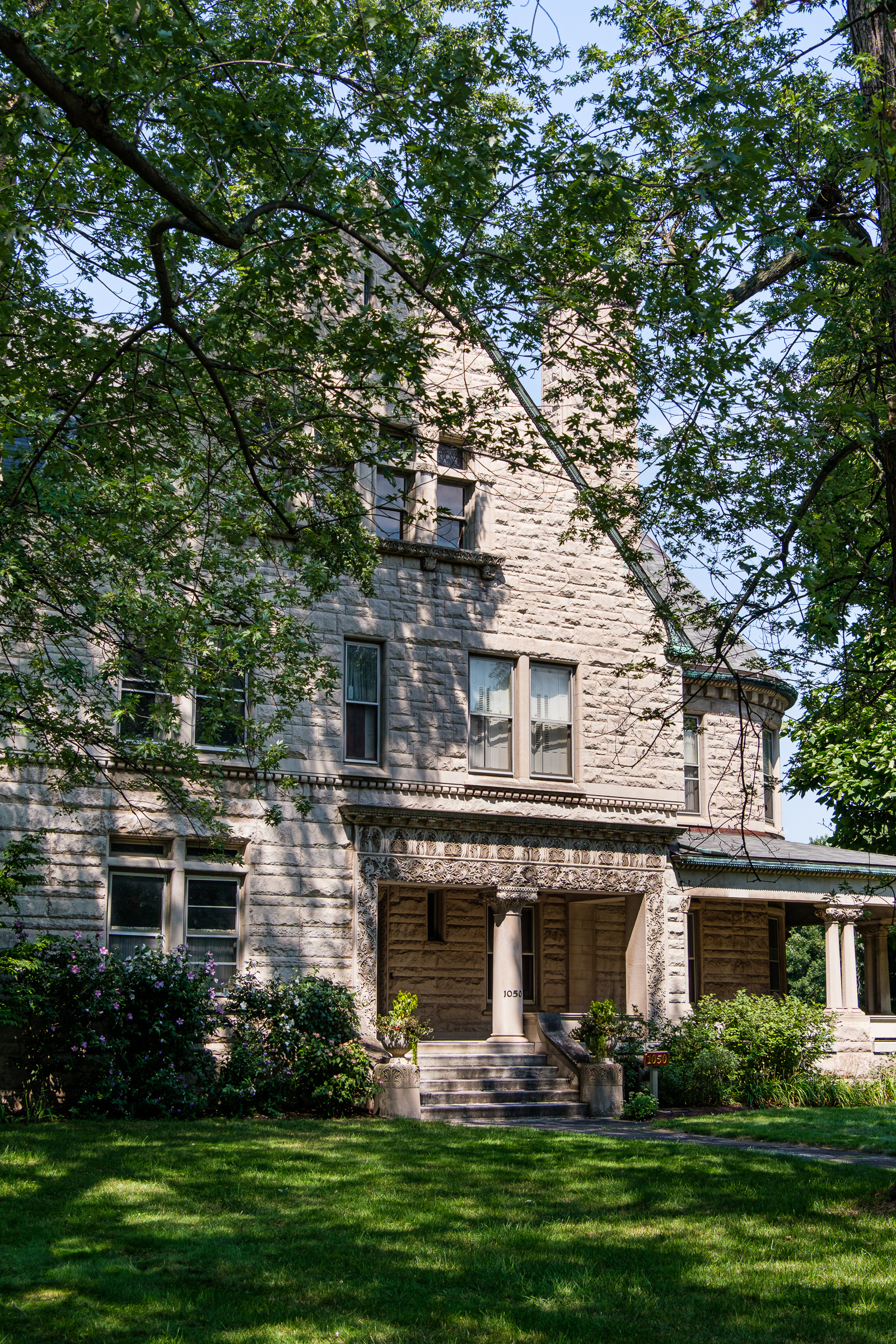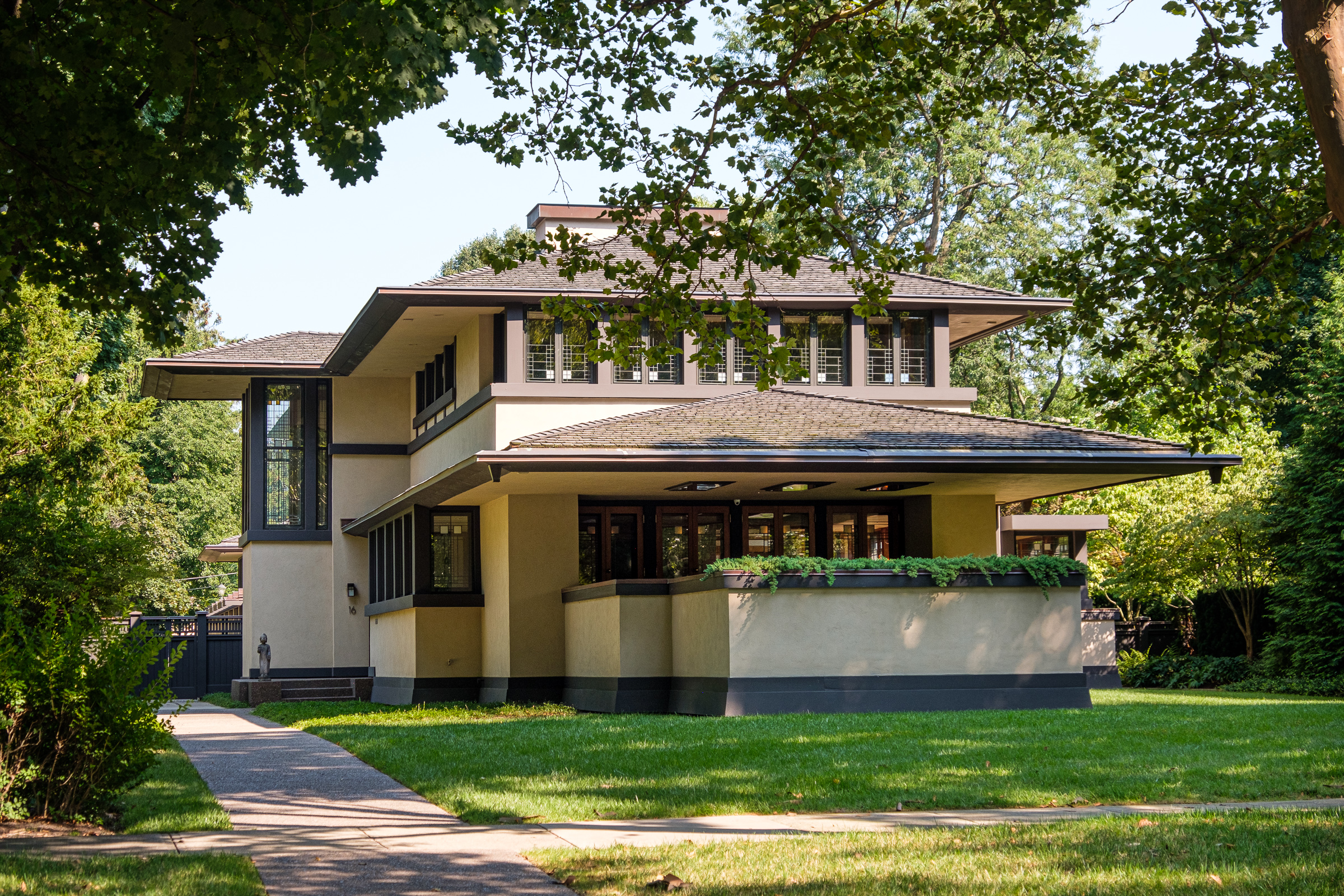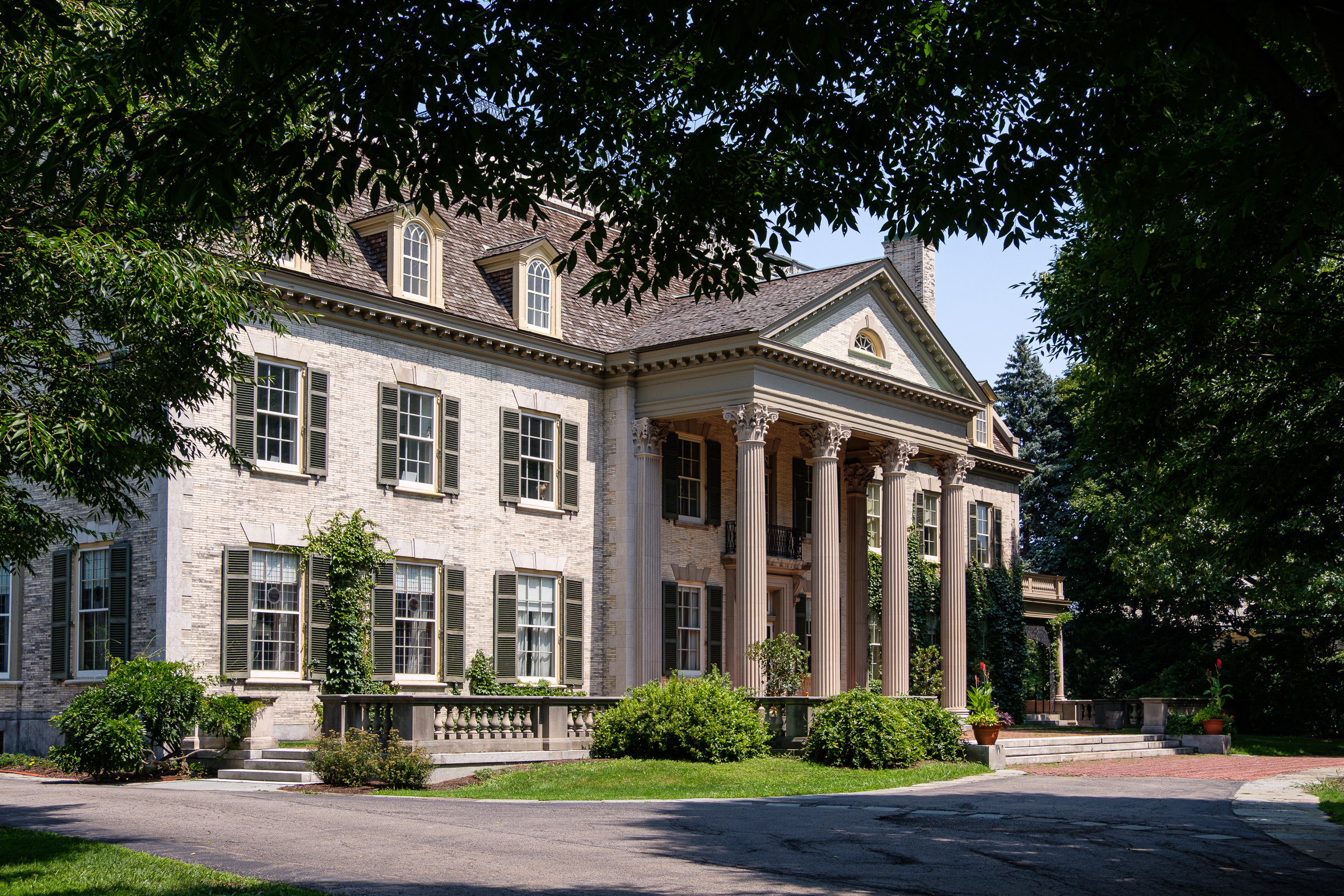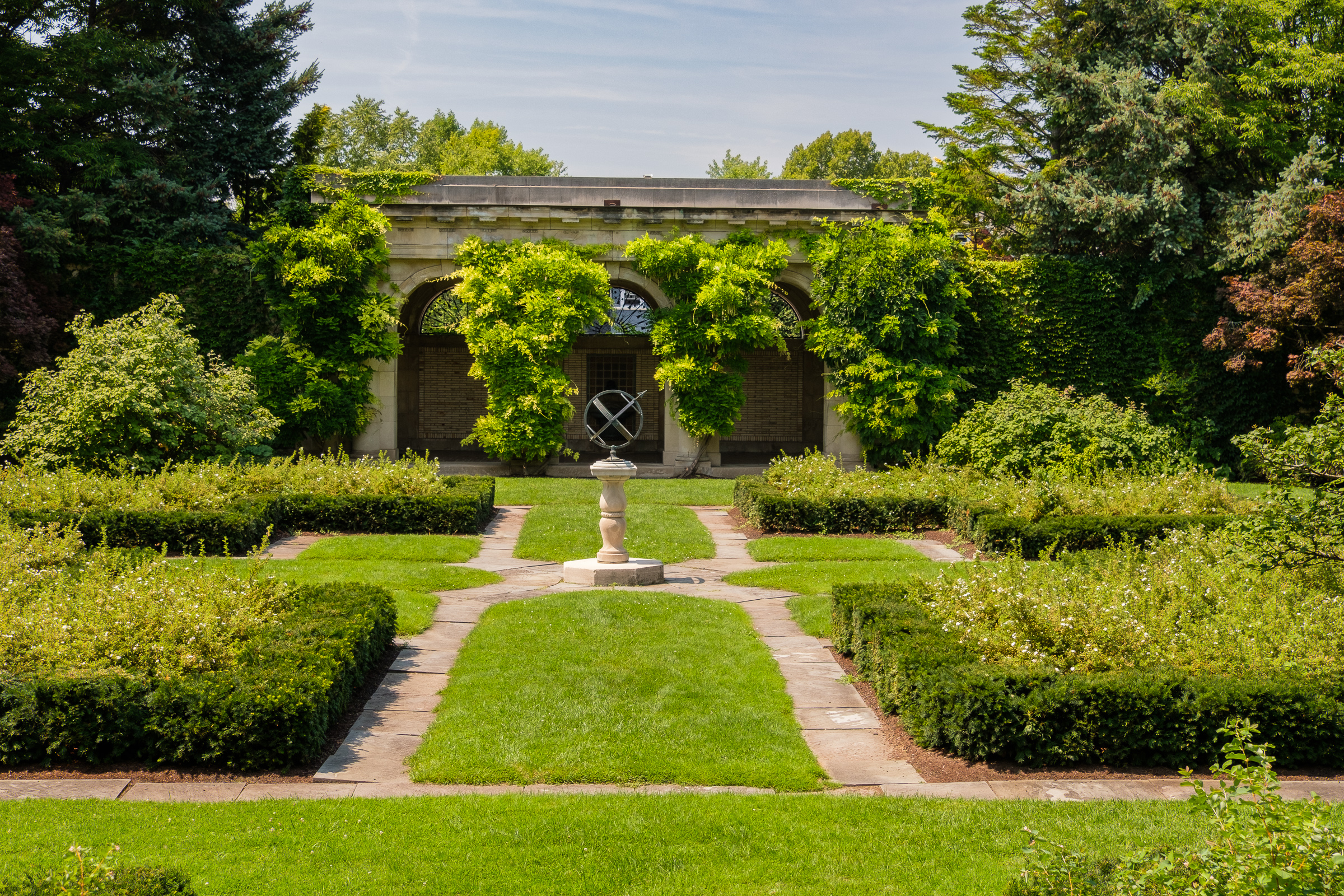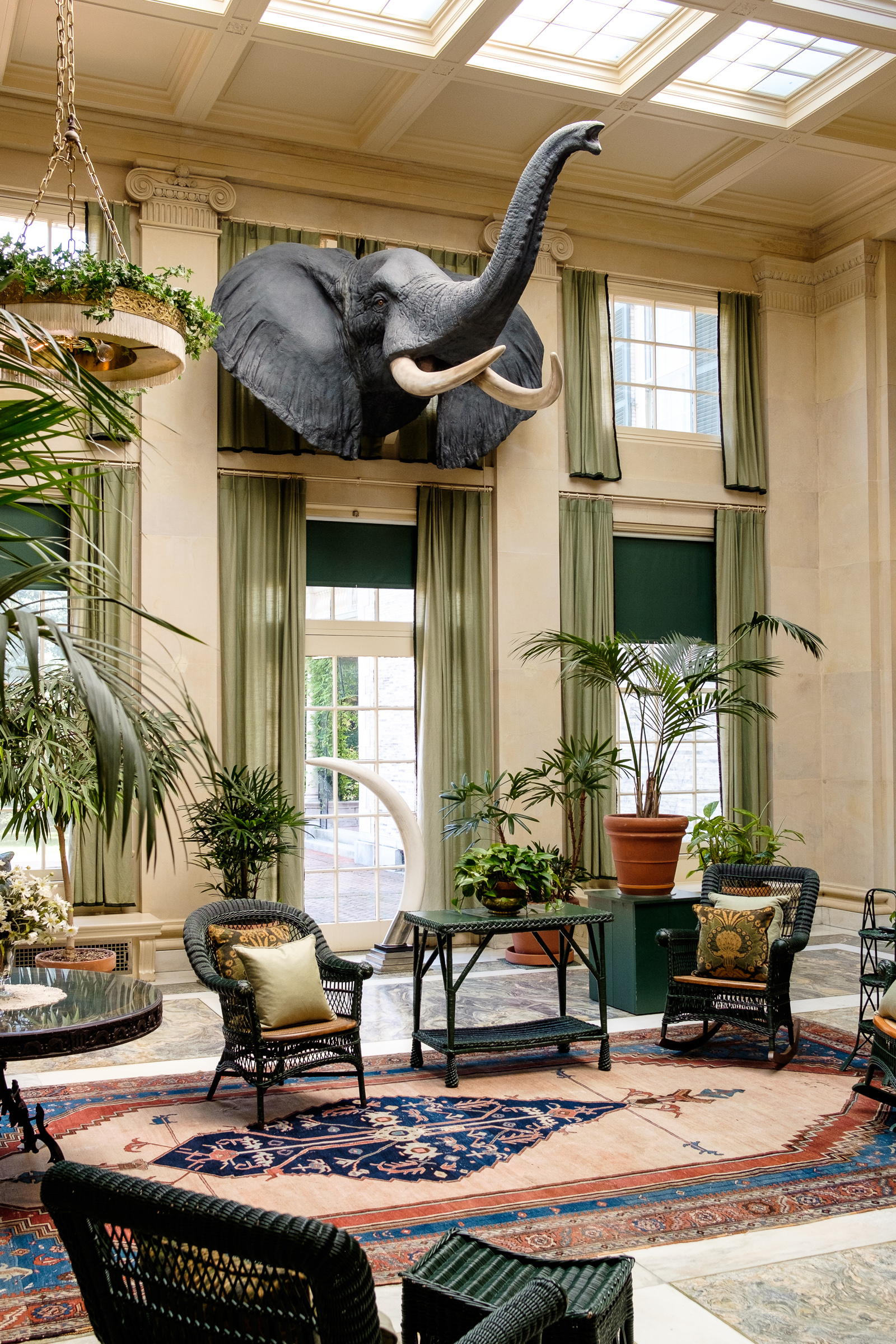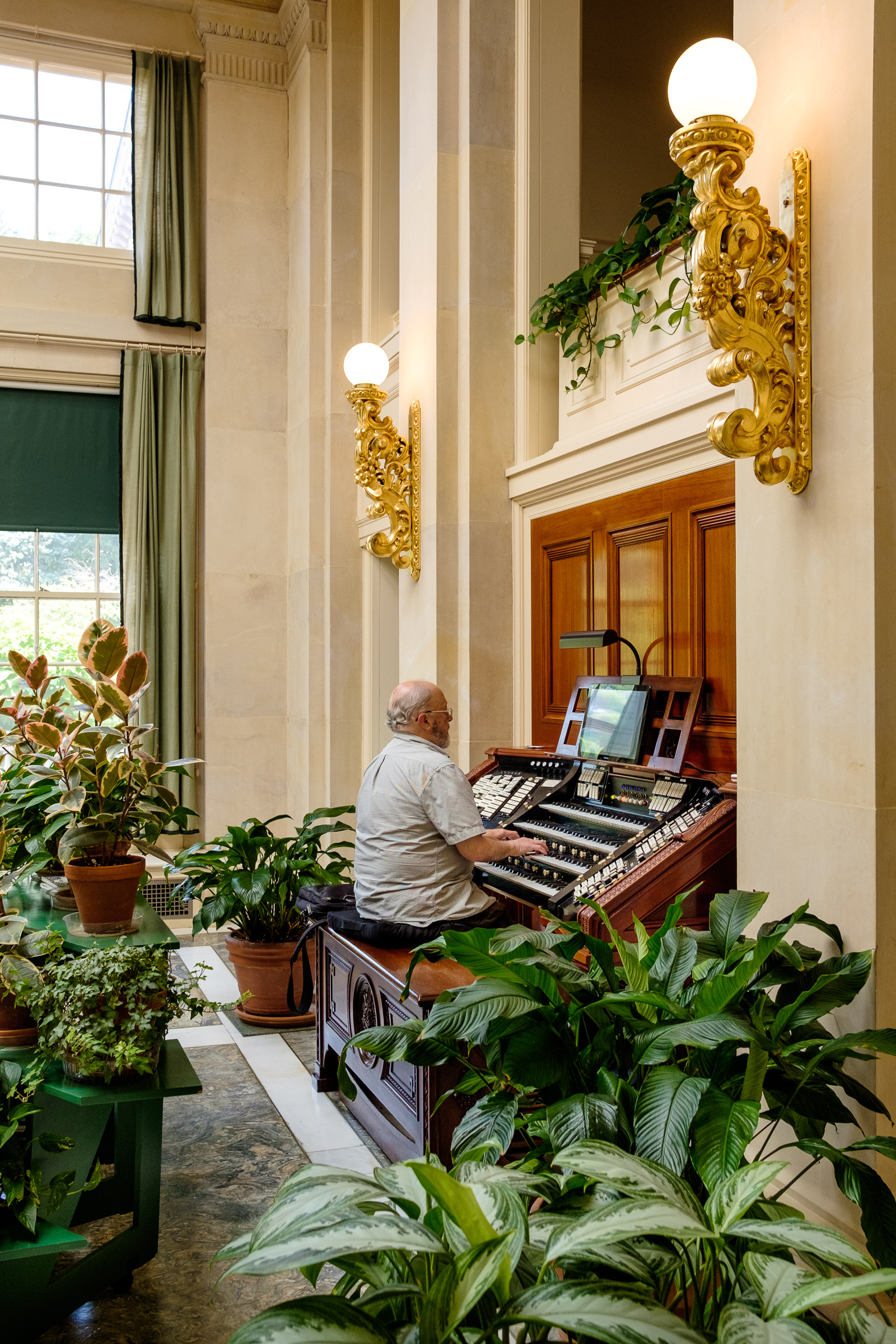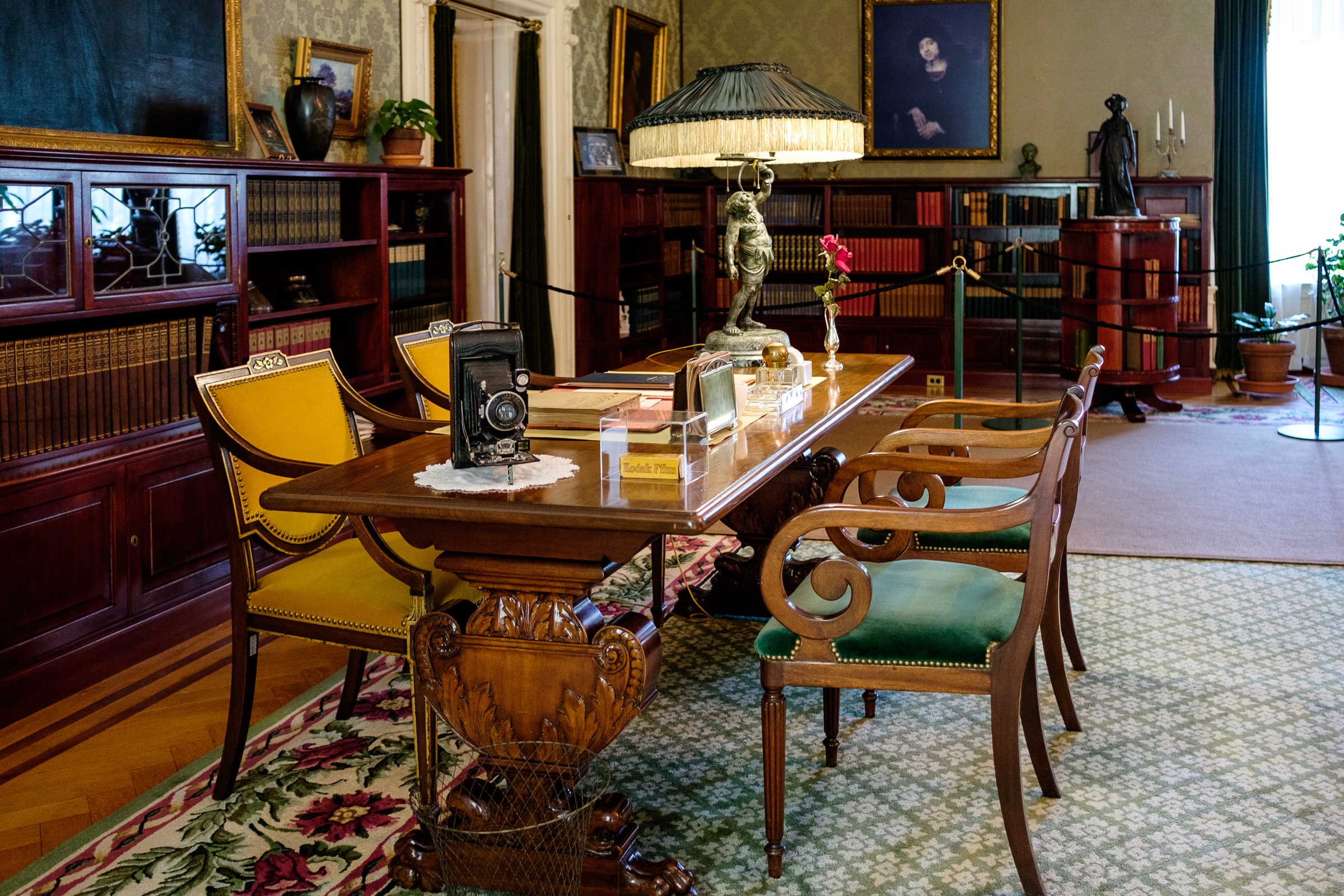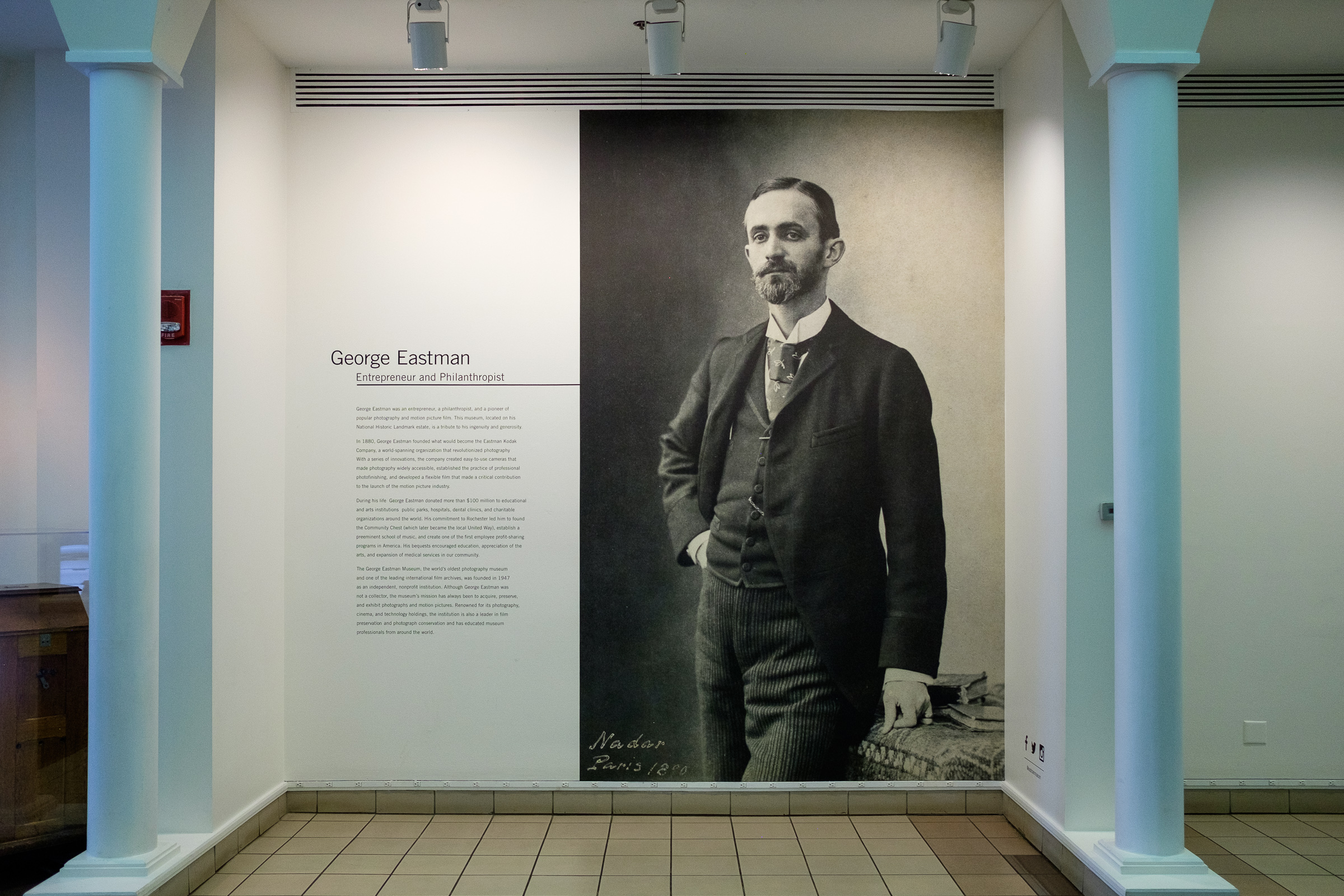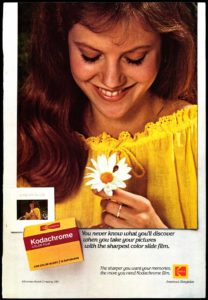 “You Press the Button, We Do the Rest”
“You Press the Button, We Do the Rest”
The subject of this post is Rochester, New York, by the Erie Canal. Among its claims to fame the city was the birthplace in 1880 of what became the giant Eastman Kodak Company. Rochester was sometimes called “the Kodak City.”
Above is an advertising slogan coined by George Eastman himself, the founder of the Eastman Kodak Company, in the late 19th century for one of the company’s earliest cameras. What evolved into the “Brownie” camera (made 1900-1986 in various versions) with millions manufactured and sold over the years – what some say is the most important camera ever manufactured. The Kodak No.1 Box Brownie was Ansel Adams’ first camera! More on Kodak below.
On my Erie Canal drive in 2018 I made a point to stop off in Rochester and see Kodak’s hometown and especially the Eastman museum there. For me as a photographer it was more like a pilgrimage in a way. It was a very pleasant visit. I stayed in Pittsford on the Erie Canal just outside Rochester. Last post I included some photos of Pittsford. A big thumbs up. It was a fine base for a couple of days of exploring the city of Rochester and the area around it.
The photos will start with a shot of the historic Charlotte-Genesee Lighthouse by the mouth of the Genesee River at Lake Ontario. From there we’ll head to the center city and have a look around the downtown area.
It’s pretty quiet in the Rochester downtown these days. At least that was my impression. Rochester’s former “Big Three” headquarter companies (Kodak, Xerox and Bausch + Lomb) have mostly or completely left the city, and that has an effect on a center city – on law firms, accountancy firms, restaurants and dozens of other businesses in a downtown. The Big Three companies all formerly had not only their head offices but also major manufacturing facilities in Rochester. I saw a lot of commercial vacancy signs downtown, and that was before the pandemic. Xerox pulled its final people out of the downtown (and Rochester) in 2018, and Bausch + Lomb has significantly downsized in Rochester. The Big Three employed some 60% of the city’s workforce as late as the 1980s. As of 2012 when Kodak filed for bankruptcy court protection, after years of really bad business decisions (including getting to the digital photography party much too late), the Big Three employed about 6% of the workforce. At its peak Kodak employed about 62,000 people in the city. Kodak is at around 7,000 in the Rochester area these days.
Still, visually the downtown and the city – at least as of 2018 – were in much better shape than I expected, and what I read is that the city is not faring as badly economically as a lot of other places in the US Rust Belt, although it is no longer the industrial powerhouse it once was. While doing my little bit of desktop research for this post I read that Bausch + Lomb has just completed an expansion project there – a state-of-the-art manufacturing facility for contact lenses in Rochester! They still have about 1,200 employees in the city. Other businesses are opening at the industrial sites Kodak has vacated.
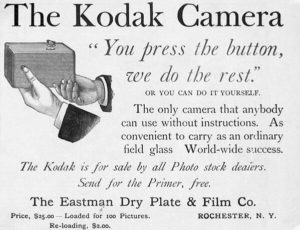
When I was still doing analog photography, I mostly bought Kodak film. I also bought from Fuji and Agfa, together with the occasional Ilford purchase of black and white negative film. Agfa Gaevert NV still exists as a viable company with around 10,000 employees worldwide, although it has exited its Agfa film and film camera division. The Fujifilm group of companies seems to be doing well (the stock is a “buy”), and traditional Fuji film products are still available. All of the photos in this set were shot with a Fuji X-Series digital camera. Even smaller Ilford in the UK is still around and marketing a full range traditional black-and-white film, darkroom paper and other photographic products. Kodak has been less fortunate.
Kodak’s fall is a damn shame. They absolutely owned the photographic market in the USA and to a large extent elsewhere, too, with incredible brand recognition. Kodak film was once in about 90% of Americans’ cameras, and it was a “Kodak moment” to capture a good photo! They do still produce a limited line-up of 35mm film in Rochester where it all started many years ago, but post-bankruptcy they are a shadow of the company they once were. The Kodak story could have been told differently. It’s possible for an adept company in this space to make the transition to the new digital world. Look at Fuji. Look at Canon, Leica, Nikon and the many others who successfully pulled it off.
Let’s pause for a movie recommendation. It’s the 2018 film “Kodachrome” with strong performances by Jason “Ted Lasso” Sudeikis, Ed Harris and Elizabeth Olsen. It’s sort of a road trip movie centered around a drive to a photo lab in Kansas which is the last lab in the USA developing Kodachrome slide film. It’s more more than that at the same time with strong character development as the movie progresses. Give it a chance. It gets off to a slow start but picks up. From the imdb.com review (here): “Set during the final days of the admired photo development system known as Kodachrome, a father and son hit the road in order to reach the Kansas photo lab before it closes its doors for good.” I liked it a lot, and not just because of the photography theme. Last I checked it was on Netflix in the US.
Back to our tour of the central city. Early in the set is the Kodak Tower building which remains under Kodak ownership and the much smaller company’s headquarters location.
The earlier wealth and stature of Rochester shows in its commercial and residential architecture. There is some fine 20s and 30s art deco in the central city. You will see a number of photos of the extraordinary Times Square Building designed by Ralph Thomas Walker of New York City’s well known Voorhees, Gmelin & Walker firm and opened in 1930. The building was originally the Genesee Valley Trust Building. In what proved to be spectacularly bad timing the cornerstone of this former bank building was laid on “Black Tuesday” of the 1929 US stock market crash, October 29, 1929. The distinctive rooftop sculpture is called “The Wings of Progress.” Wow! The building is truly a stunner. (When we get to Syracuse NY in this series I will top this one, if you can believe it.) The Rundel Memorial Building is another deco era beauty and is part of the central library complex downtown across from the newer “Bausch & Lomb Annex” library building.
The Old Erie Canal (the 19th century smaller canal) used to cross through the city on a series of viaducts. It must have been quite a sight for people in the neighboring buildings. With the construction of the early 20th century enlarged barge canal central Rochester was bypassed. I found these images online in the collection of the Rochester library. In the last one (the old postcard) you can see how a former Erie Canal viaduct, the Broad Street Aqueduct, became an enlarged transit bridge (now called the Broad Street Bridge) over the Genesee River.
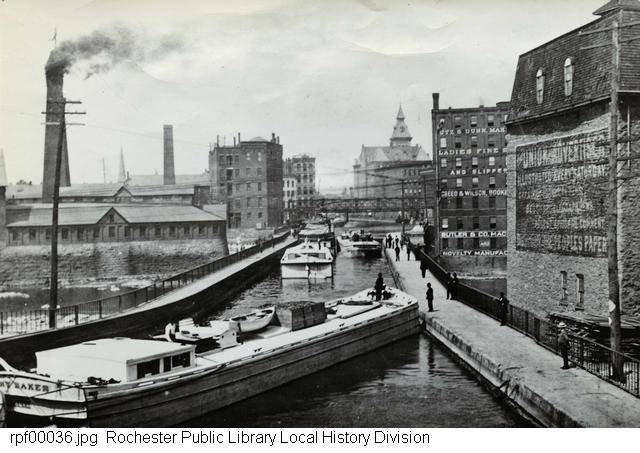
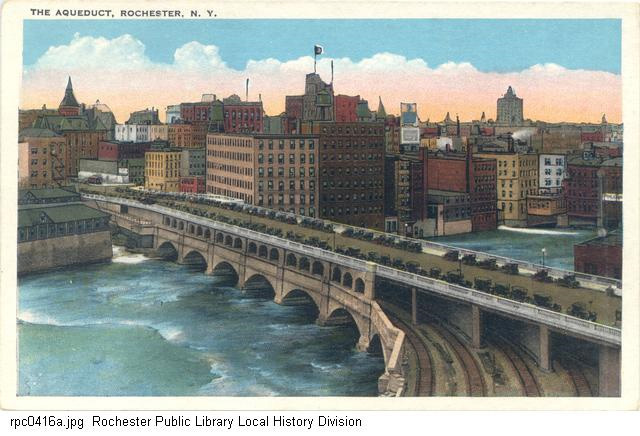
What I liked the most in Rochester was exploring the neighborhoods. The East End district is totally cool. “East & Alex” is the district’s urban heart. I had lunch and coffee in a converted Art Deco era Chevrolet dealership. Whereas the downtown was pretty quiet, the East End, however, made up for it with a lot of pop. Loved it. Just above I-490 on the map below you can see East Ave. with the Eastman Museum location shown. All the way at the top is the lighthouse location. You can see the Genesee River working its way through the city starting at the lighthouse. In the lower right corner is Pittsford on the 20th century Erie Canal where I stayed.

The East Avenue Historic District in the residential part of the East End is considered to be one of Rochester’s most beautiful areas; it’s also its wealthiest. As was the case along “Millionaire Row” in Buffalo, one sees one historic mansion after another.
The Boynton House (1908) pictured in the set below is the only example of Frank Lloyd Wright’s work in Rochester and is said to be a spectacular example of his “Prairie style.” I wish I could have gotten inside, but it is not open to the public.
On my walkabout in the East Avenue Historic District I stumbled upon the Park Avenue Summer Art Fest which was a very pleasant surprise. Well, that explained the lack of parking in the area! Who did I run into but my then neighbor in Park Slope, Brooklyn, NY, Senator Chuck Schumer (now the Majority Leader in the US Senate) out campaigning for a fellow Democrat prior to the 2018 mid-term election?
The main goal of my visit, the George Eastman Museum, is in the East Avenue Historic District. The former home of George Eastman (1854-1932), the founder of the Eastman Kodak Company, is now open to the public. It is said to be the world’s oldest museum dedicated to photography and one of the world’s oldest film archives. It opened its doors in 1949. In addition to the photography exhibits one can tour the mansion itself. Check out the organ – the world’s largest residential pipe organ! We’ll end the set with the museum visit. You can read more here. It’s a fantastic visit.
There you have it: yet another very enjoyable visit to a “Rust Belt” city. Upstate New York and the Great Lakes region continued to surprise.
Next post: a side trip to the Finger Lakes.
Click on (or tap) an image to expand it (and use the arrow to the right on an expanded image to go through the set, if preferred over scrolling down in the post).
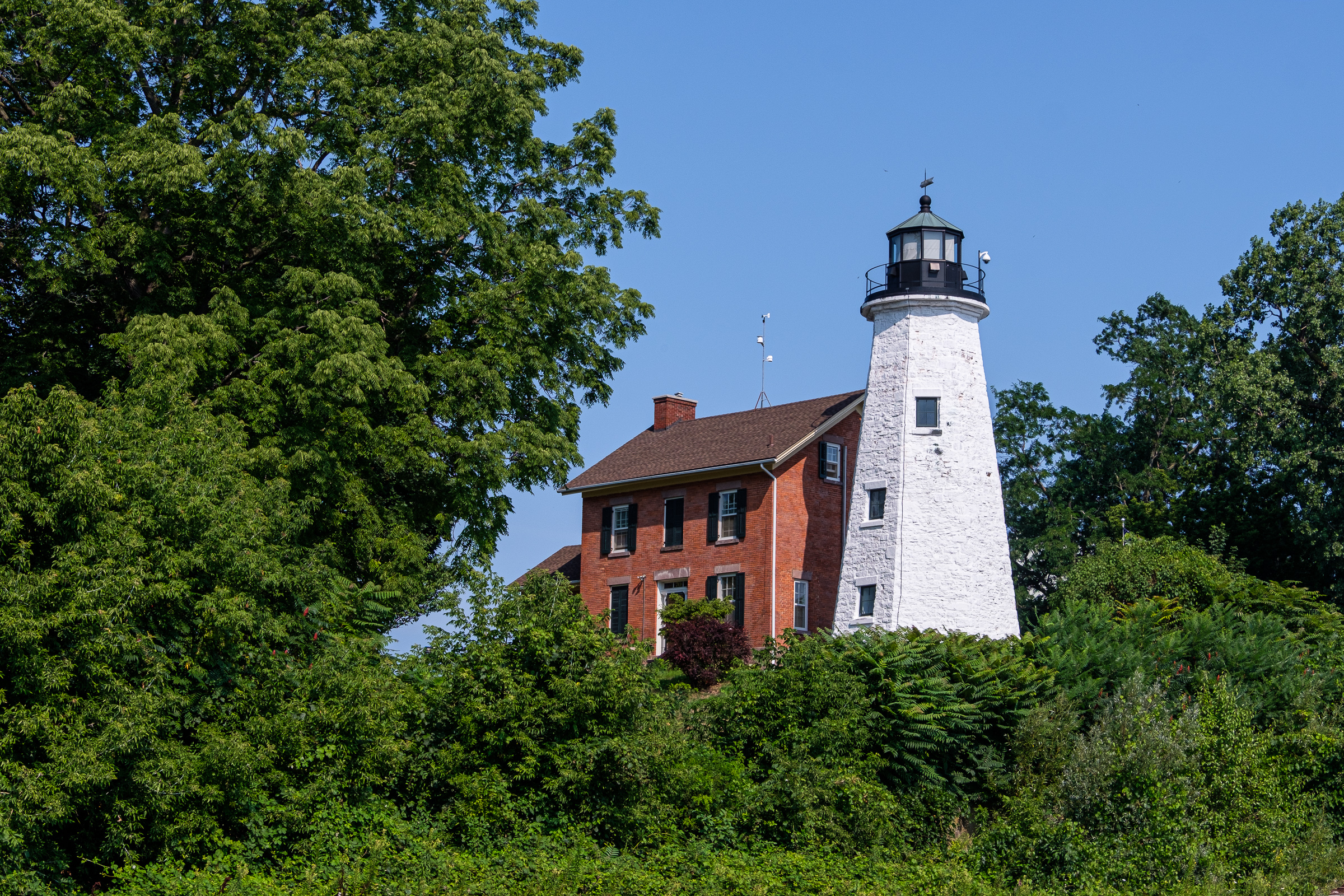
Charlotte-Genesee Lighthouse, 1822, and Lighthouse Keeper’s House, 1863, Lake Ontario at the mouth of the Genesee River, Rochester
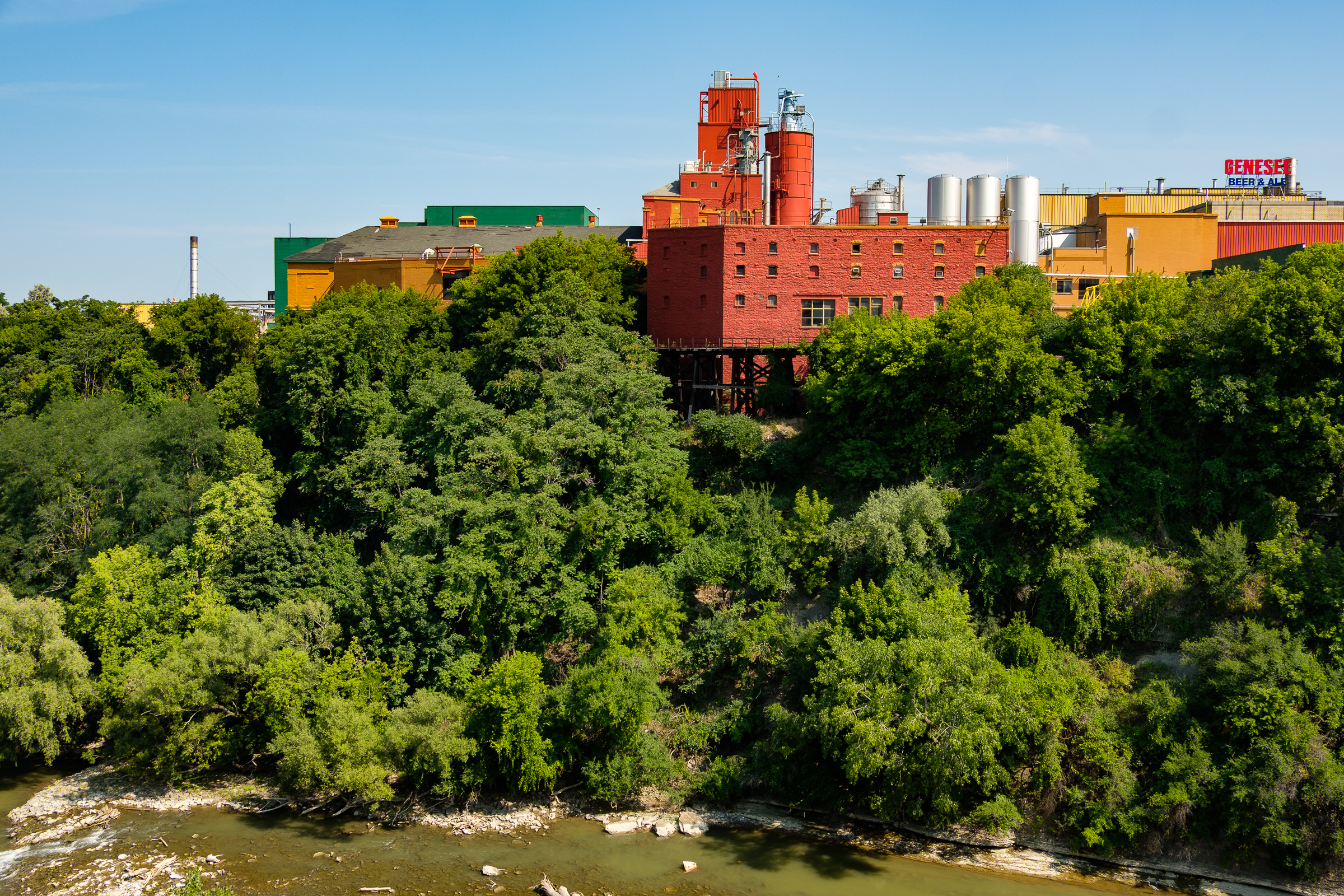
Genesee Brewing Company (since 1878). At the High Falls and the Genesee River (taken from the Pont De Rennes bridge), Rochester
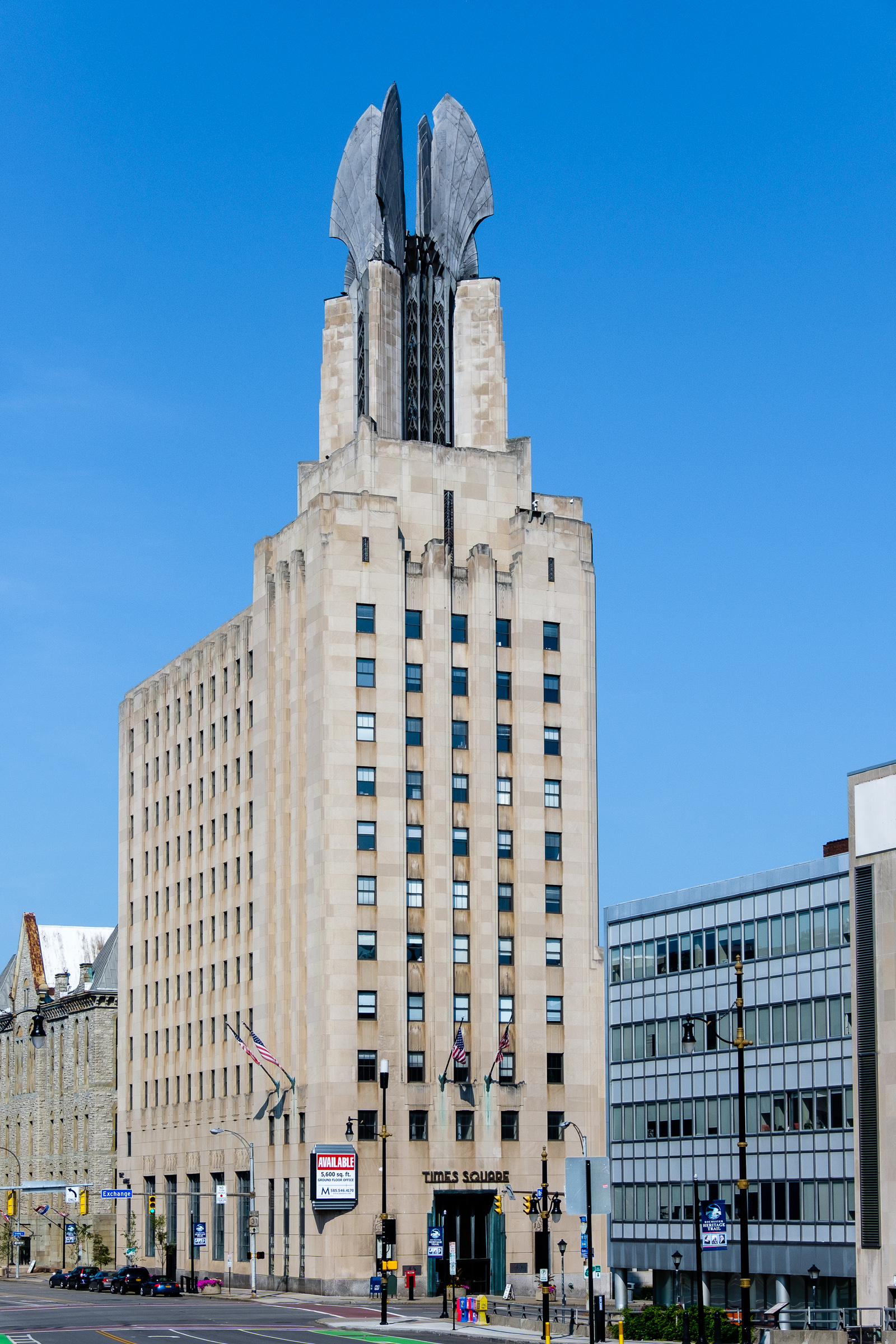
Times Square Building (the former Genesee Valley Trust Building), Ralph Thomas Walker of Voorhees, Gmelin, & Walker, 1930, downtown Rochester

